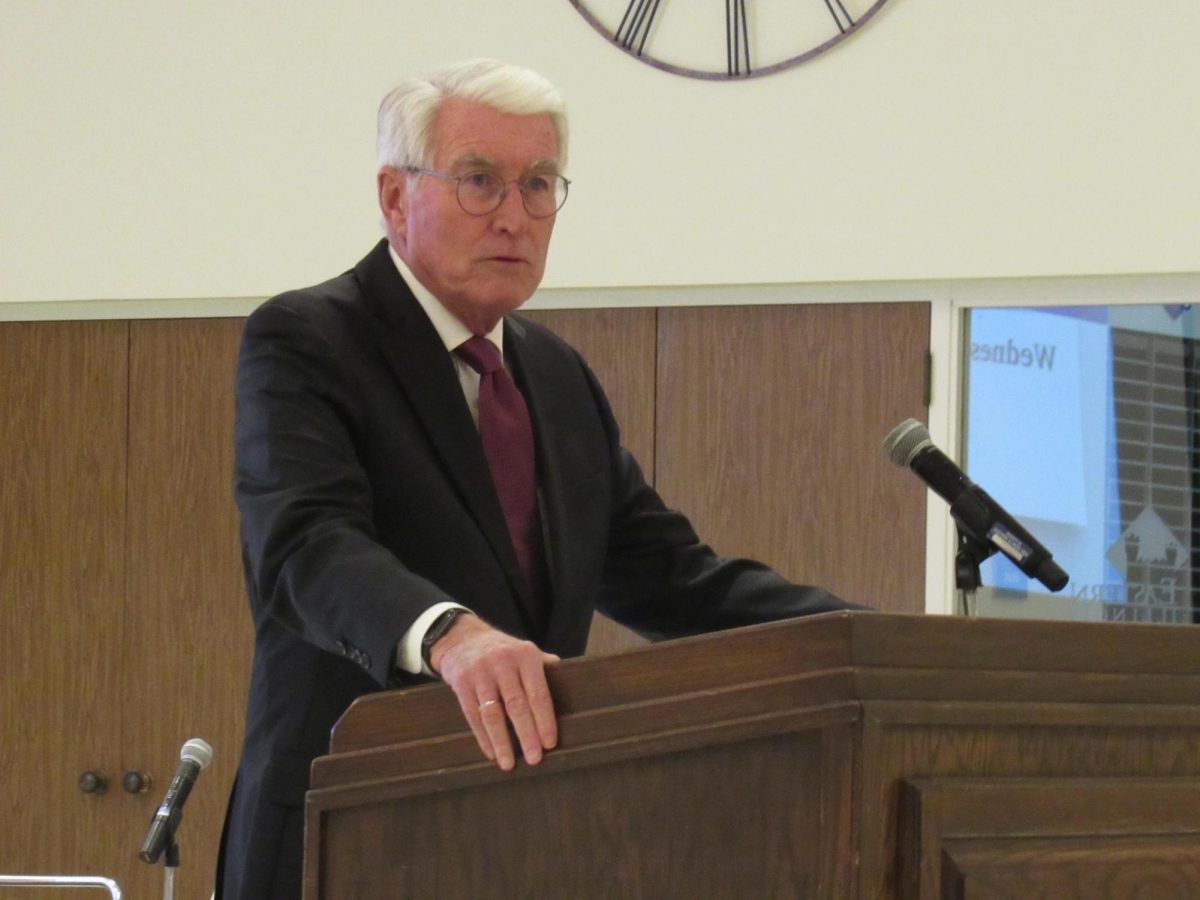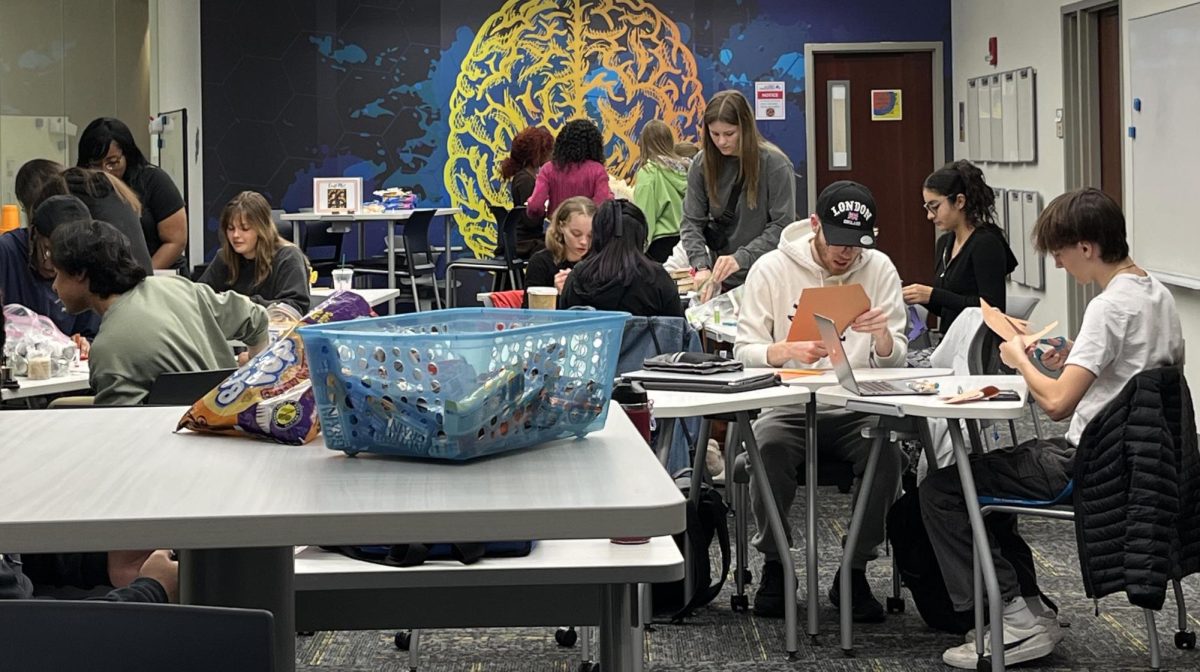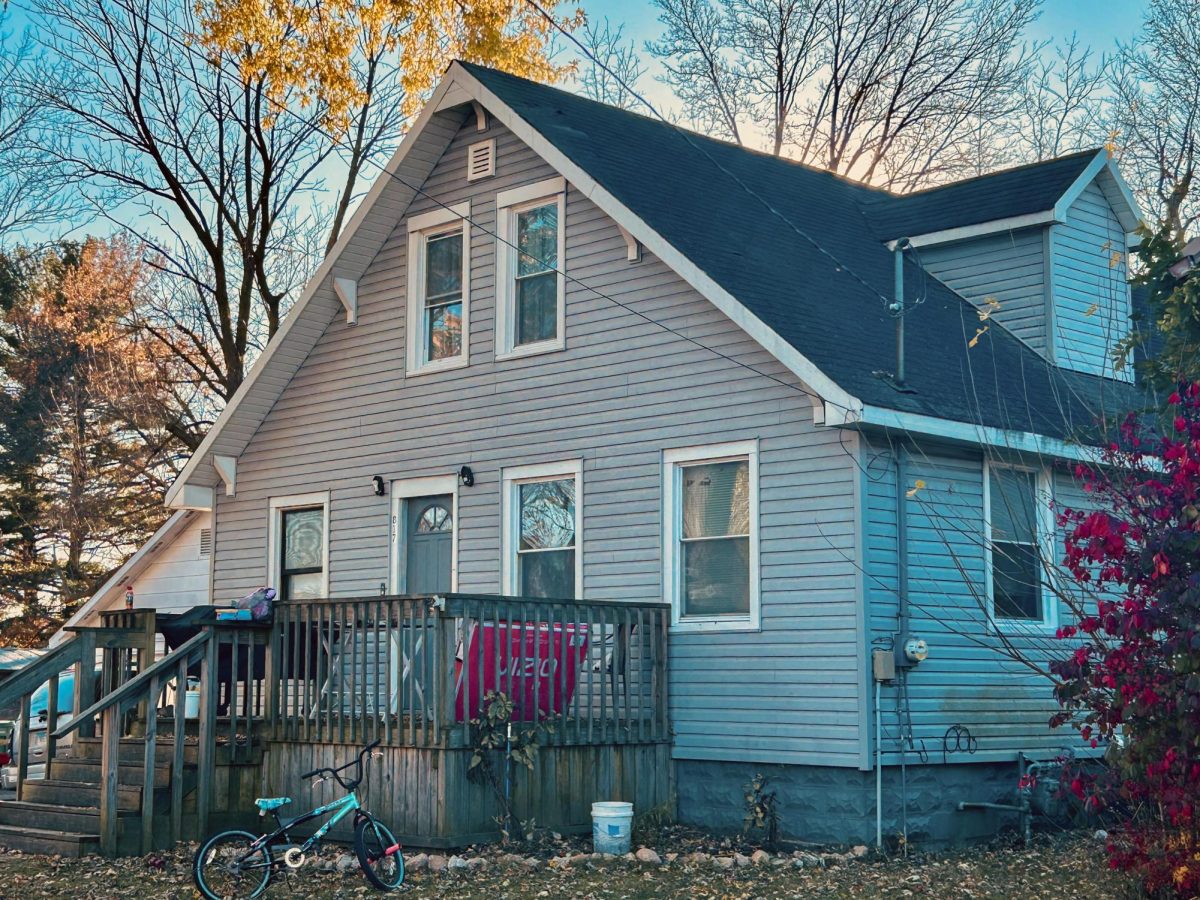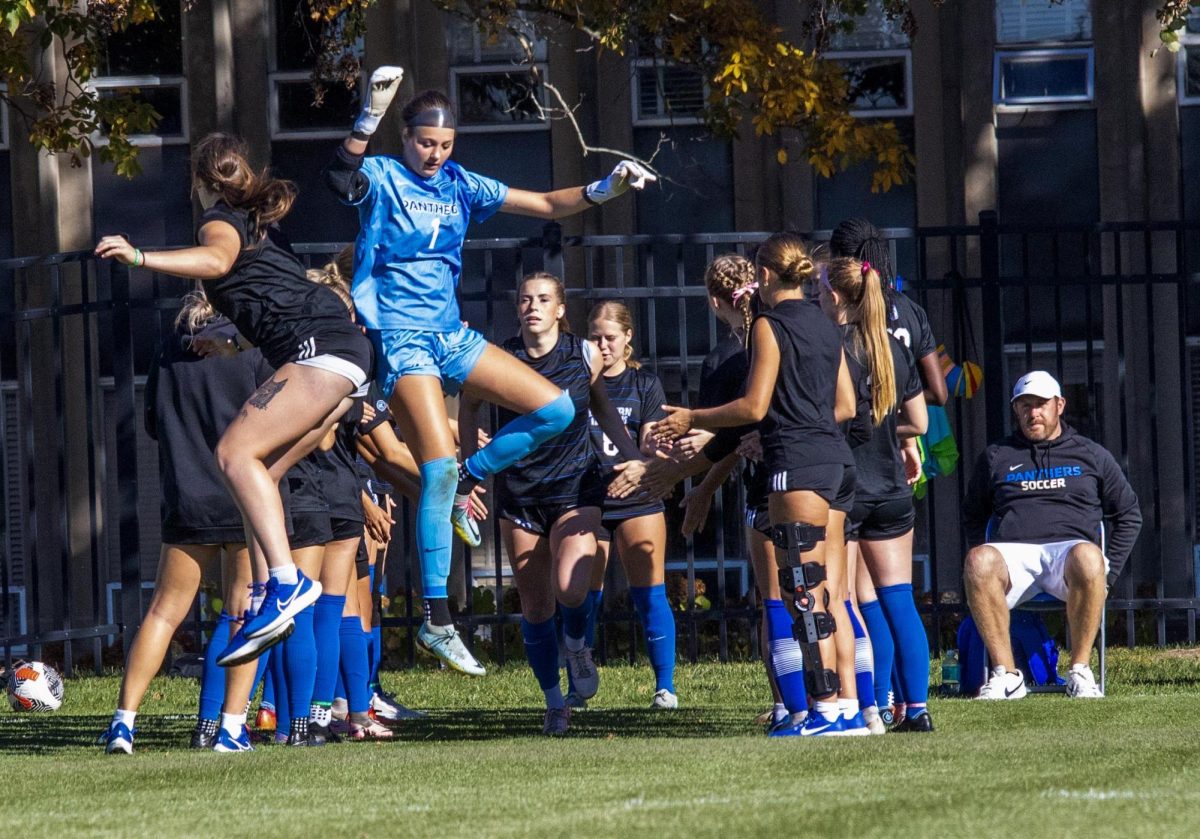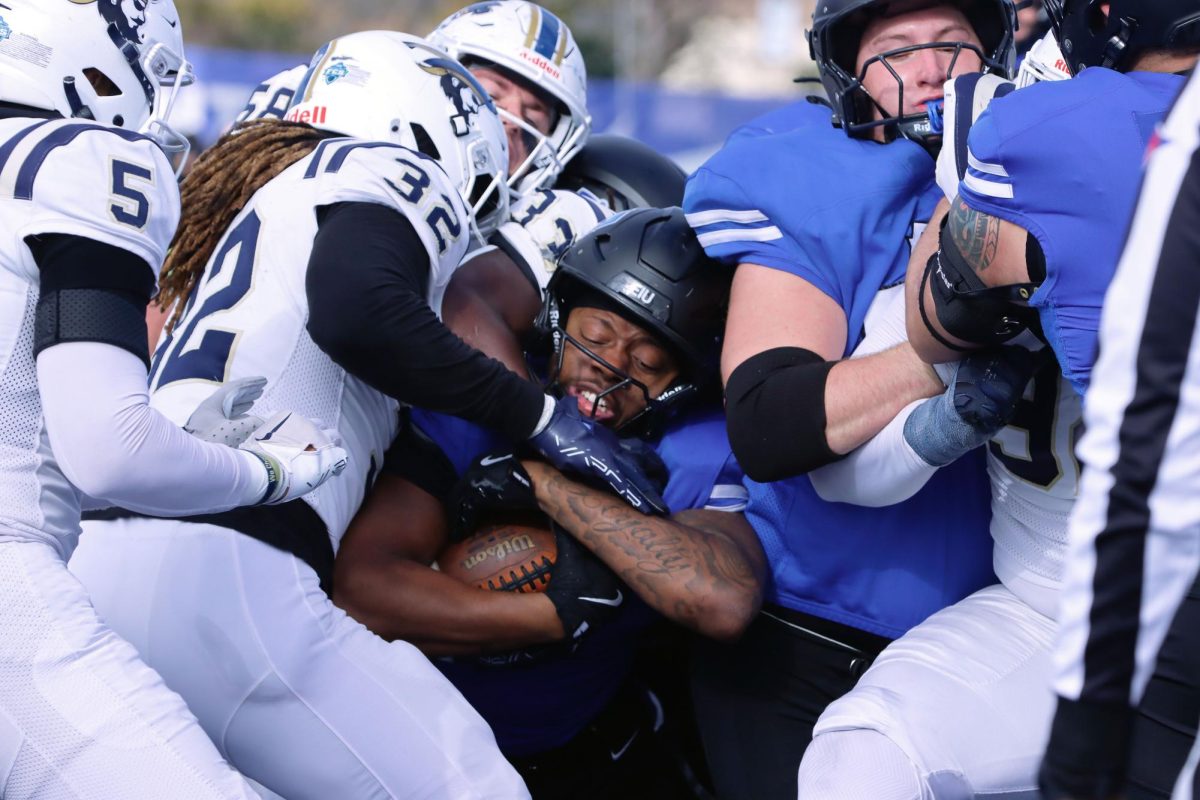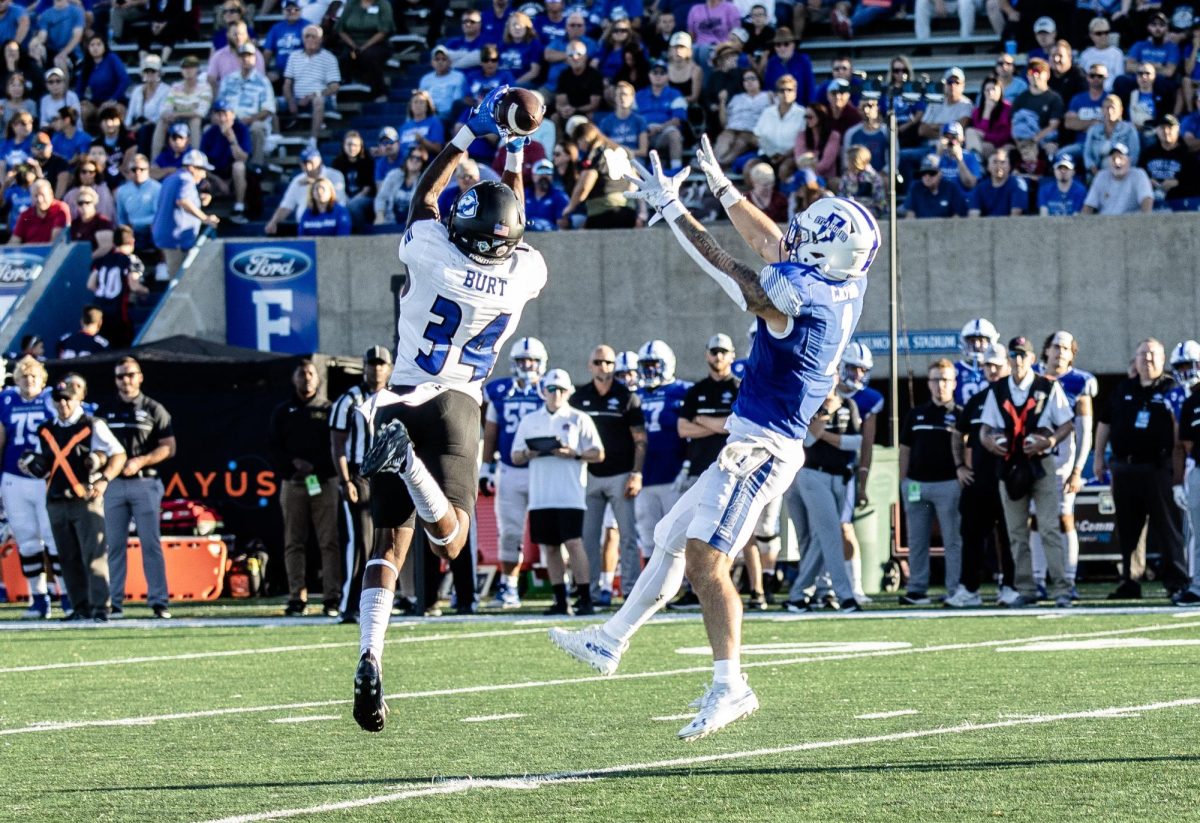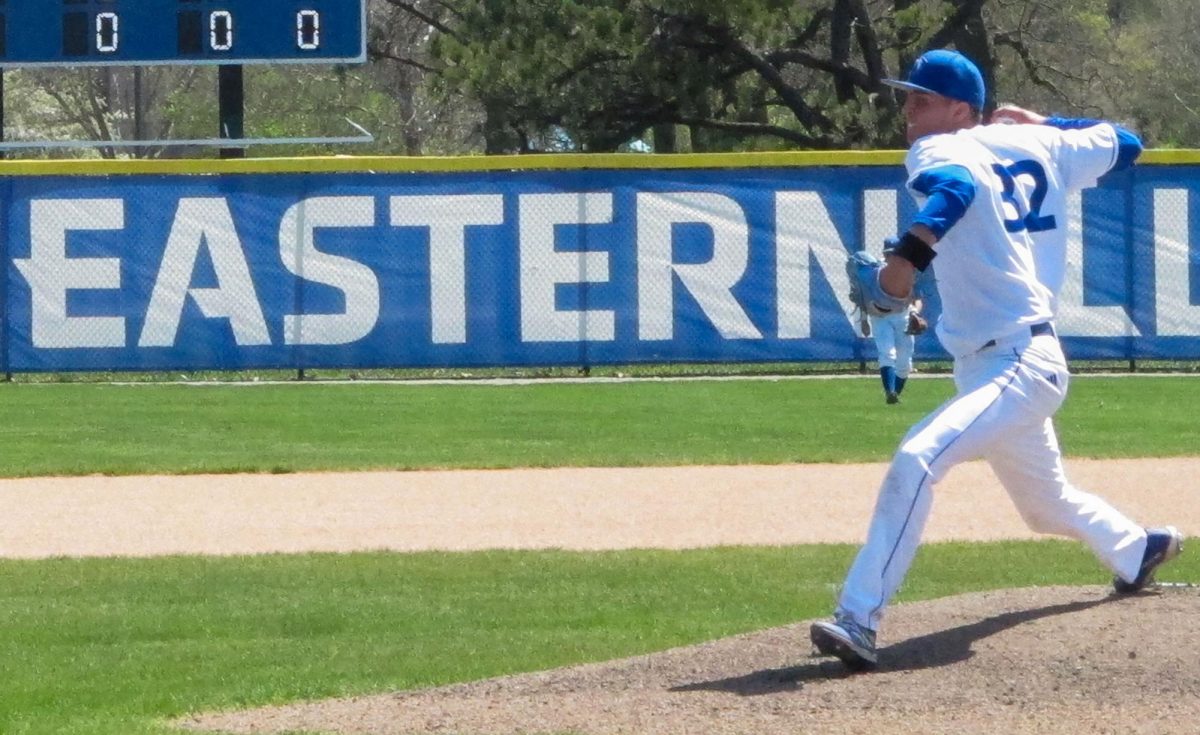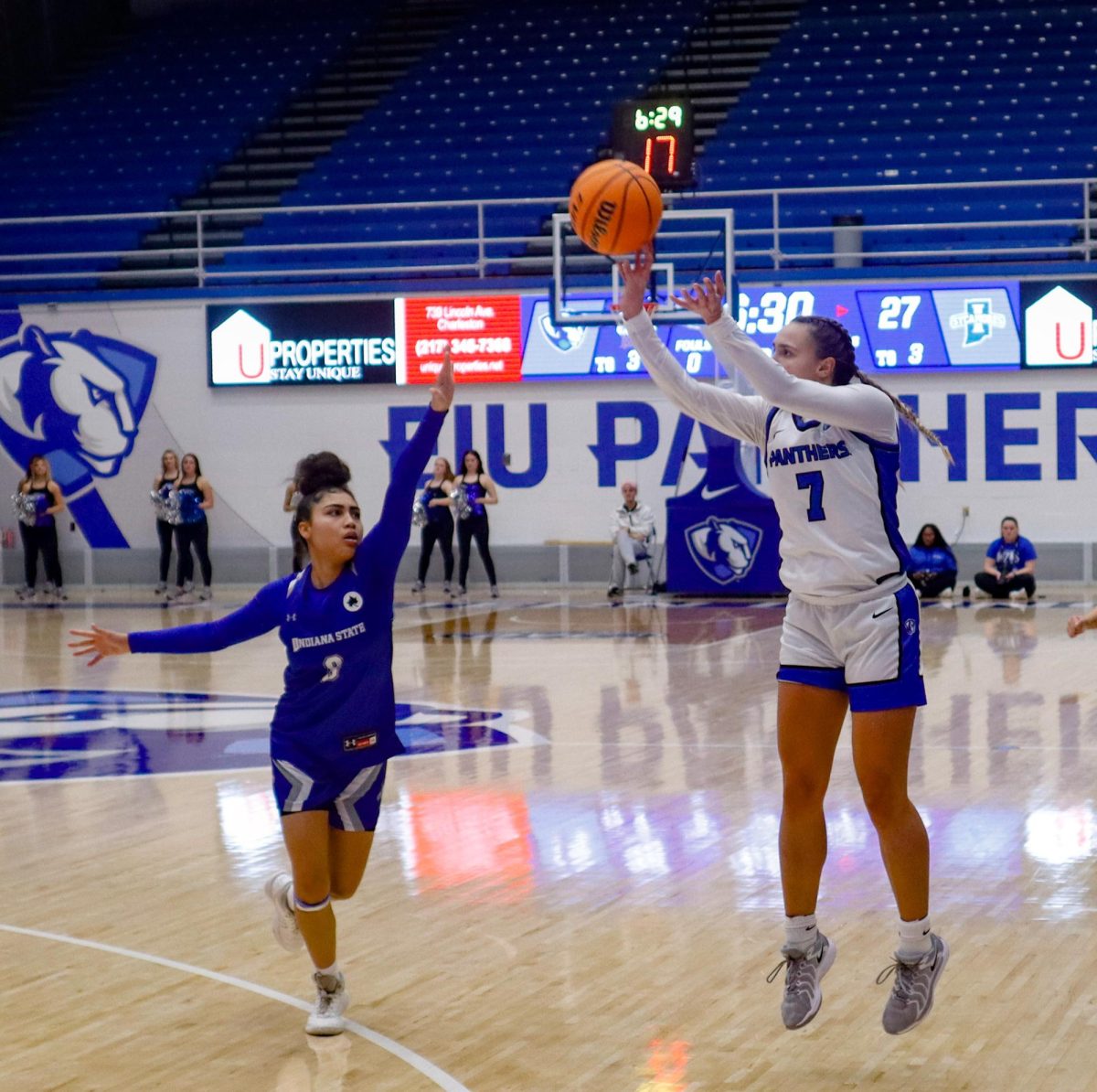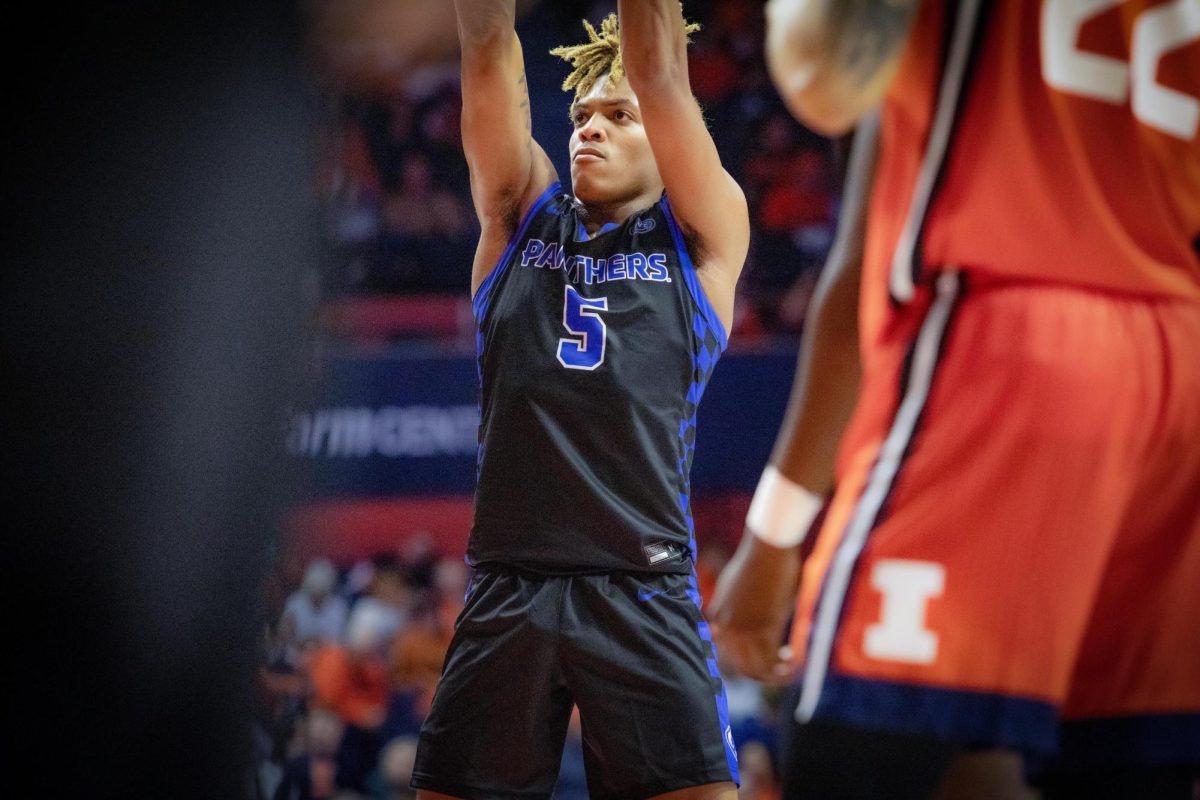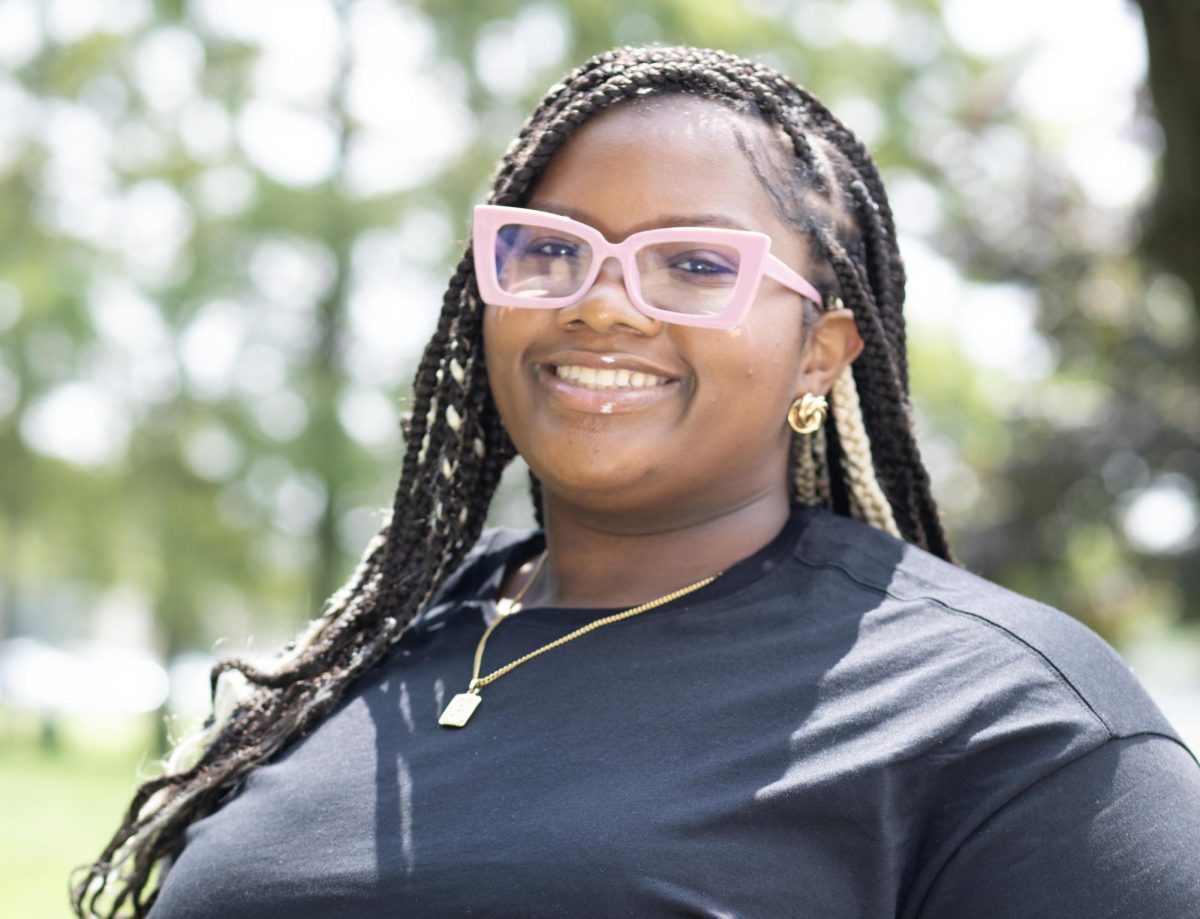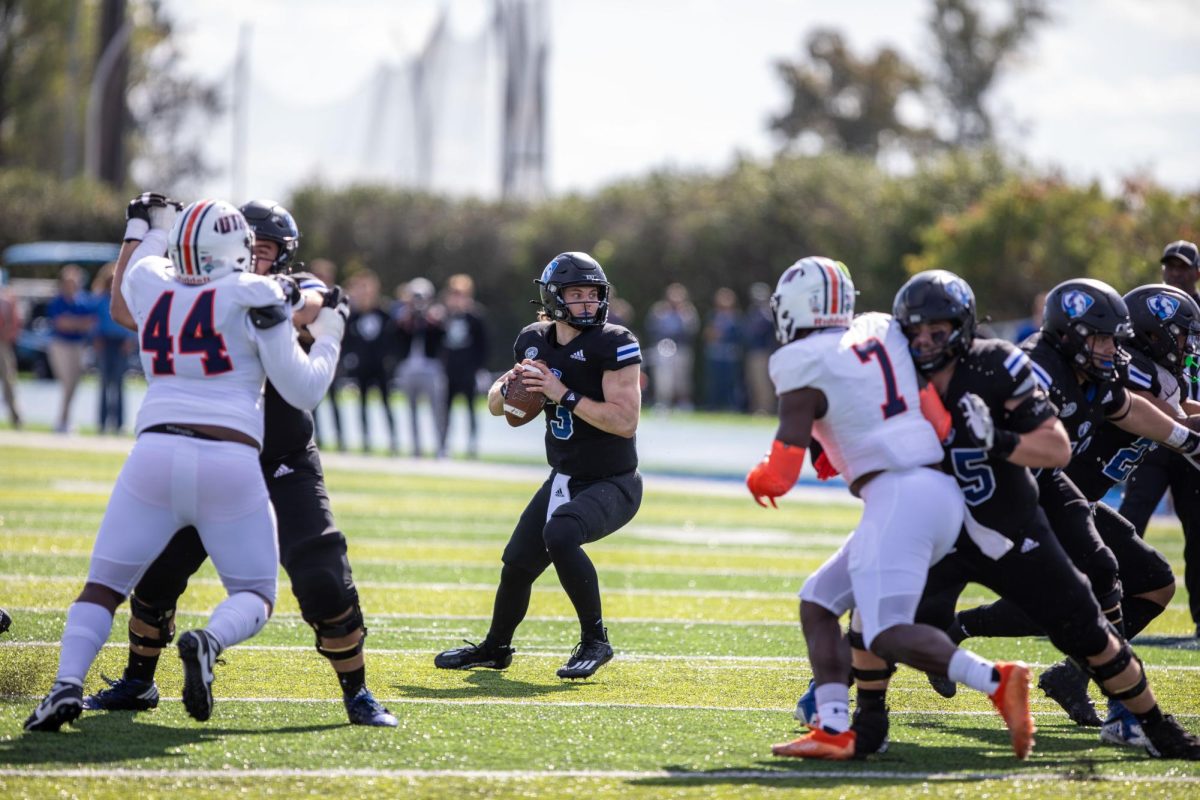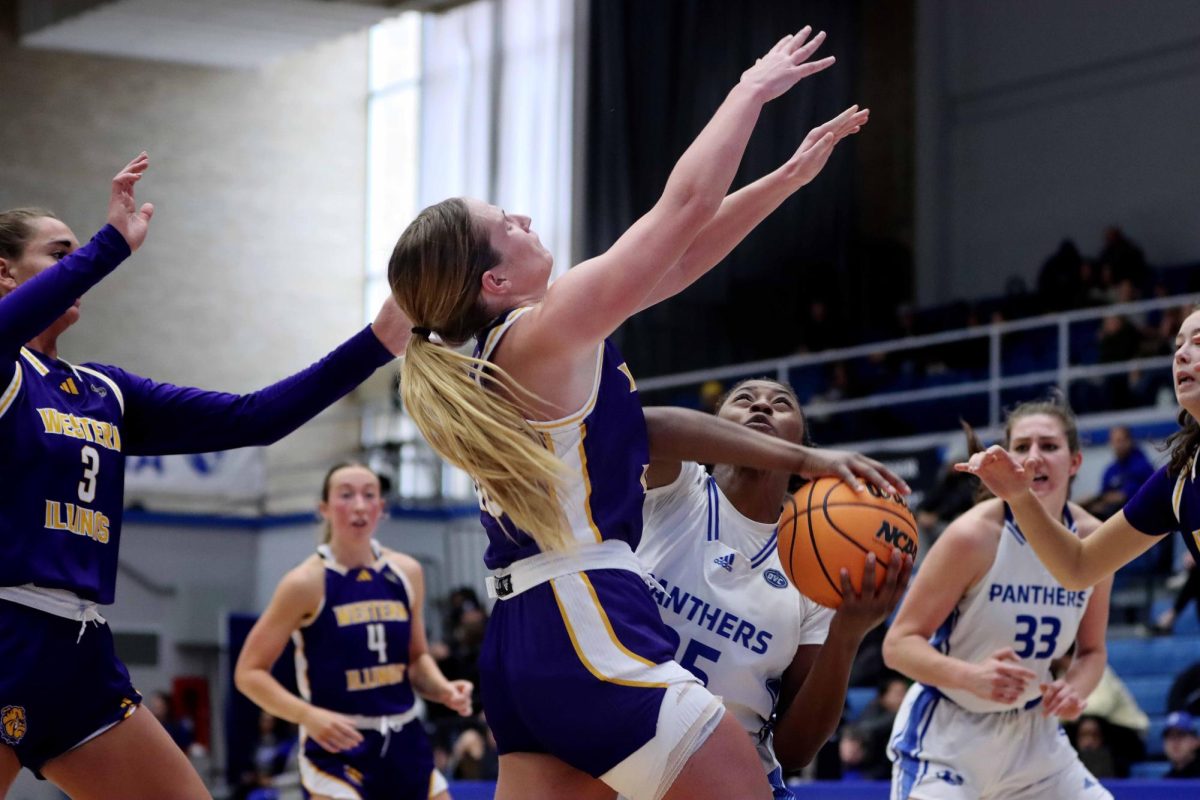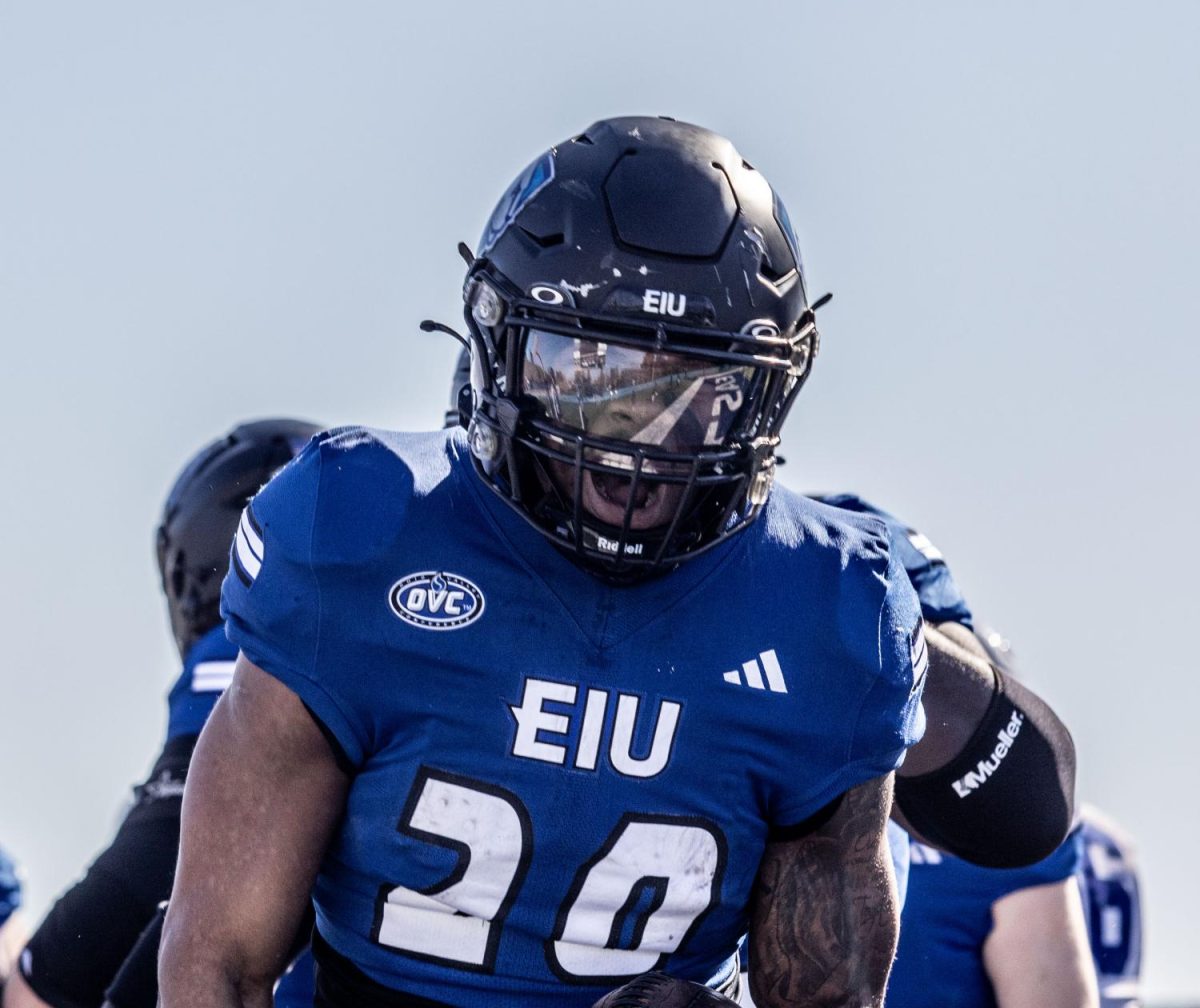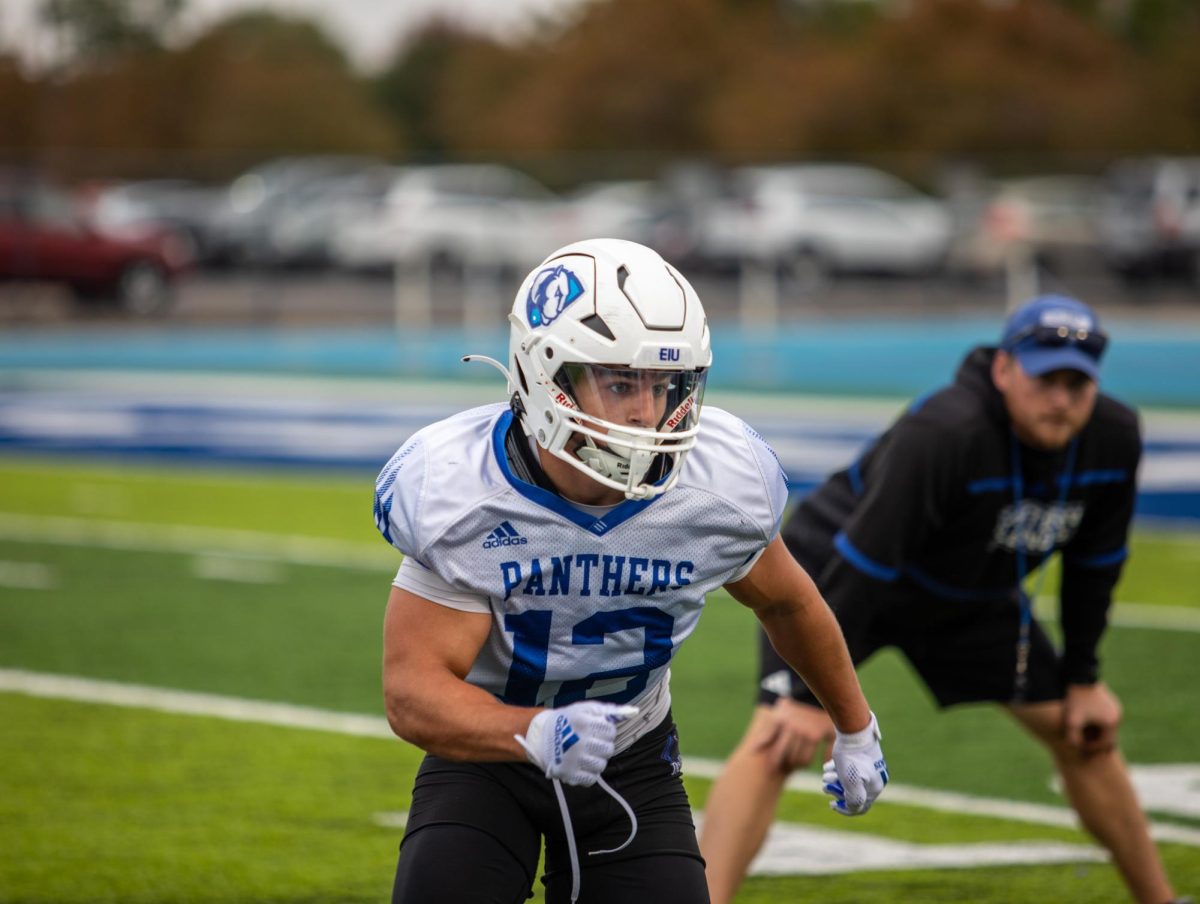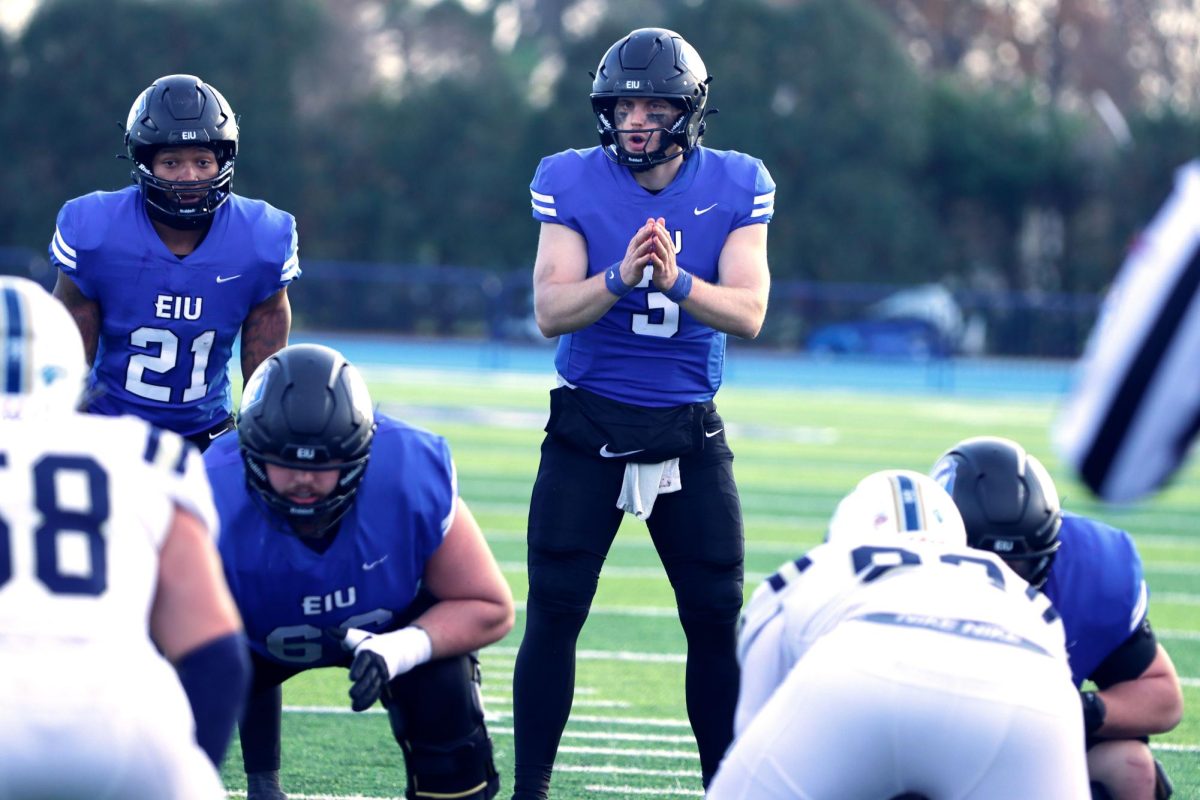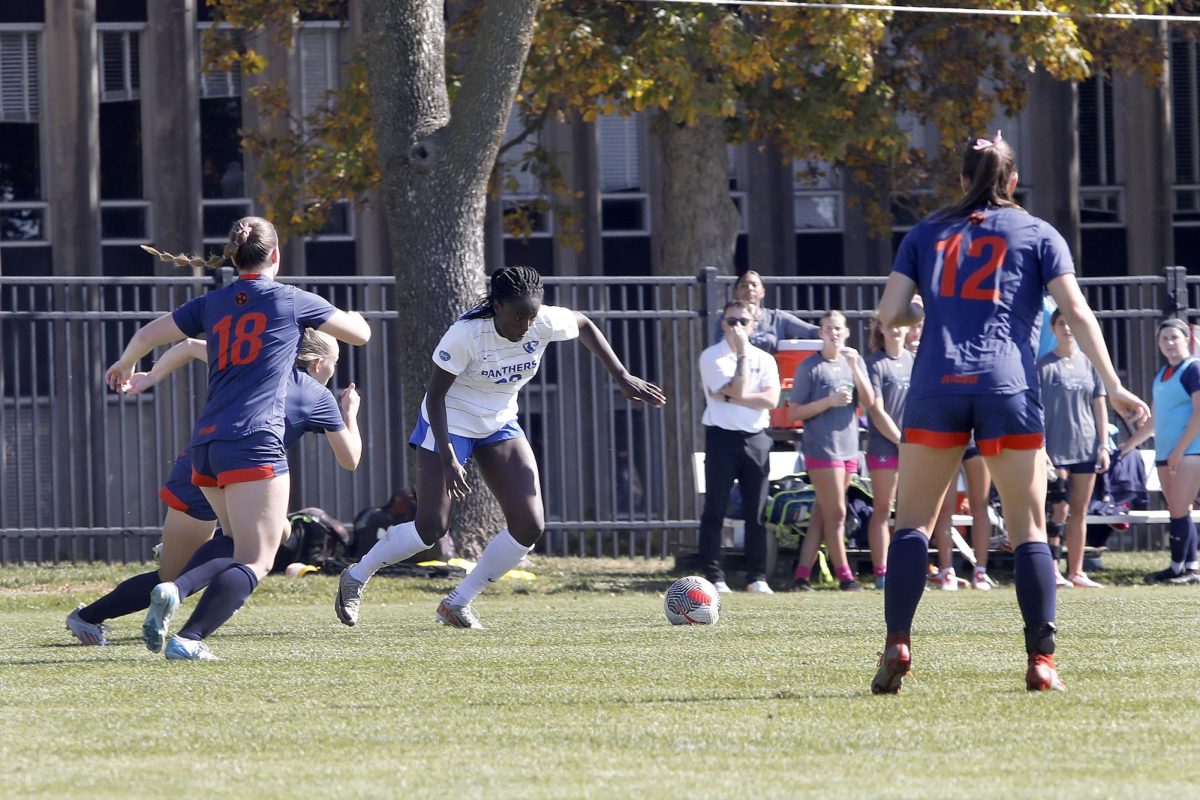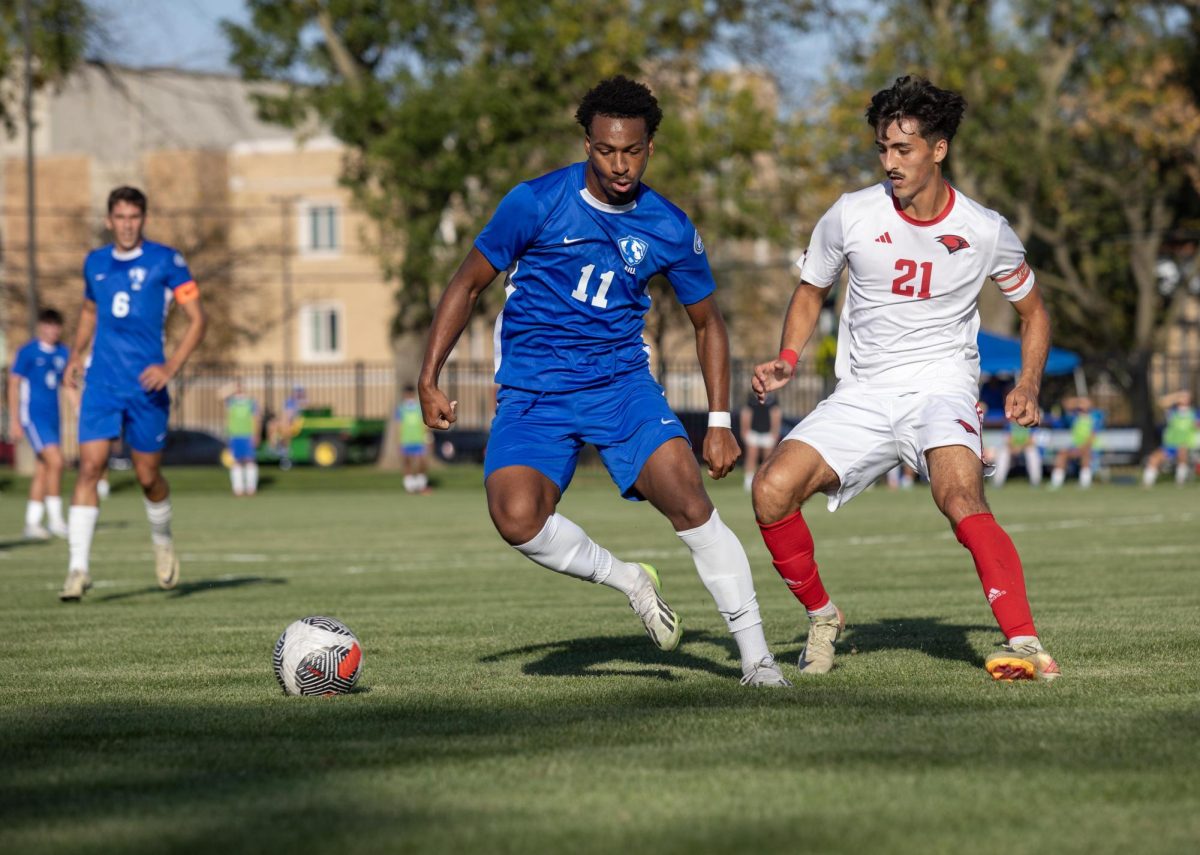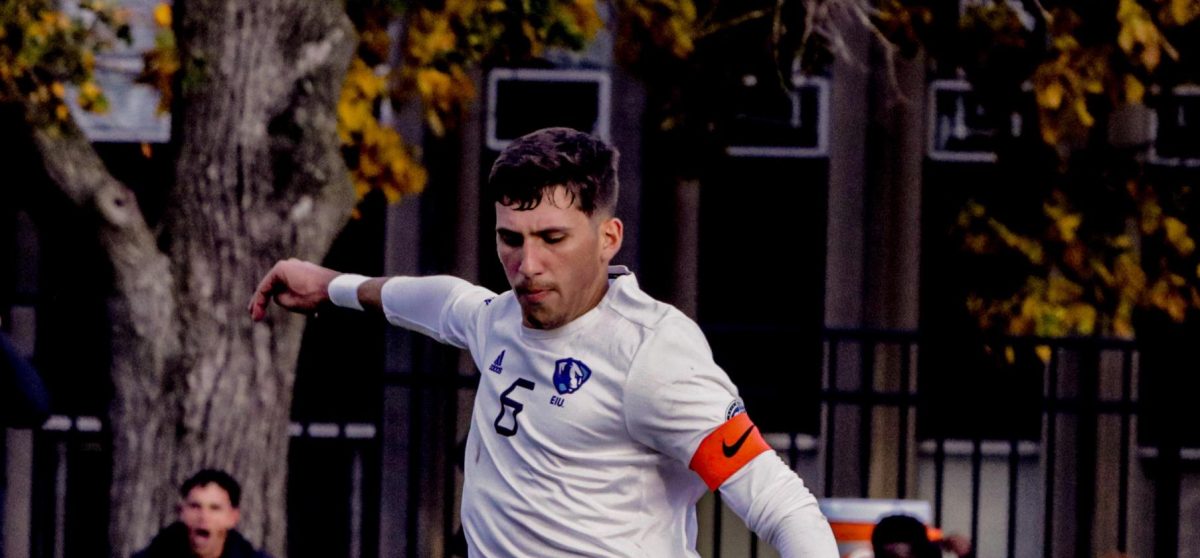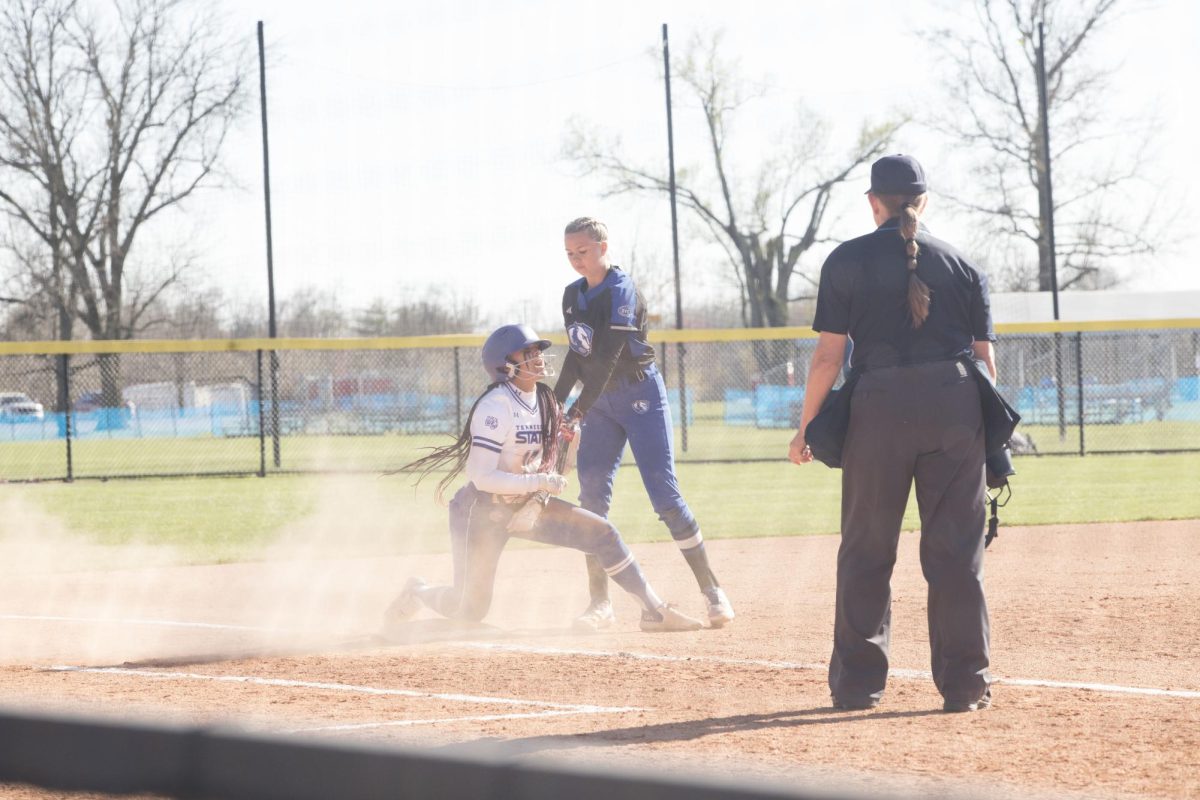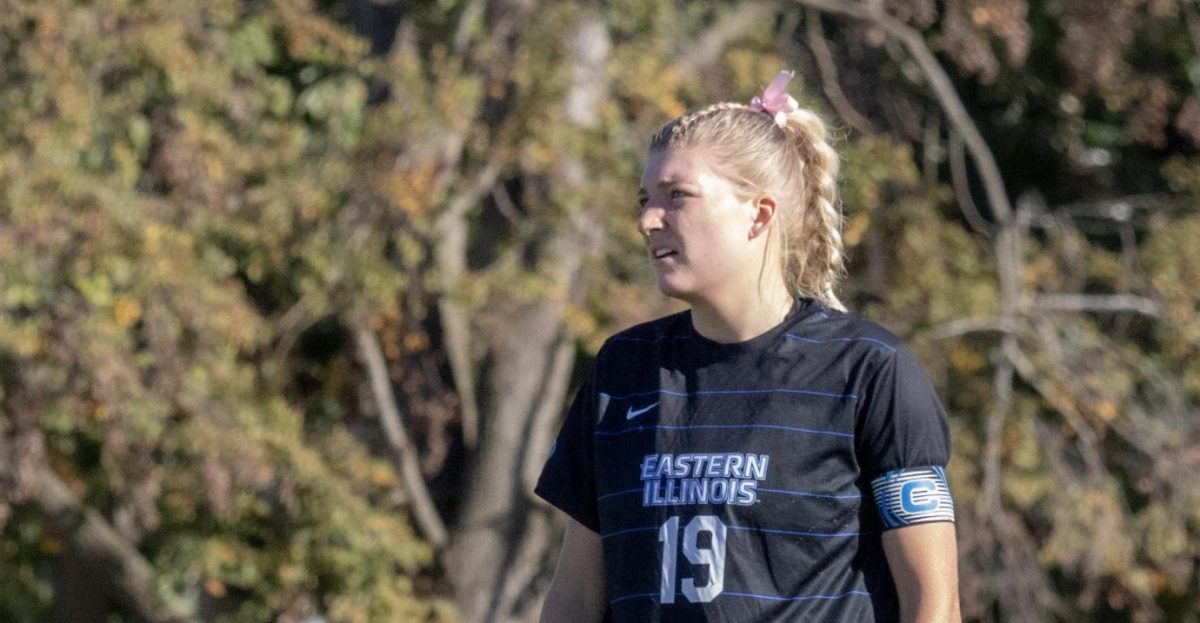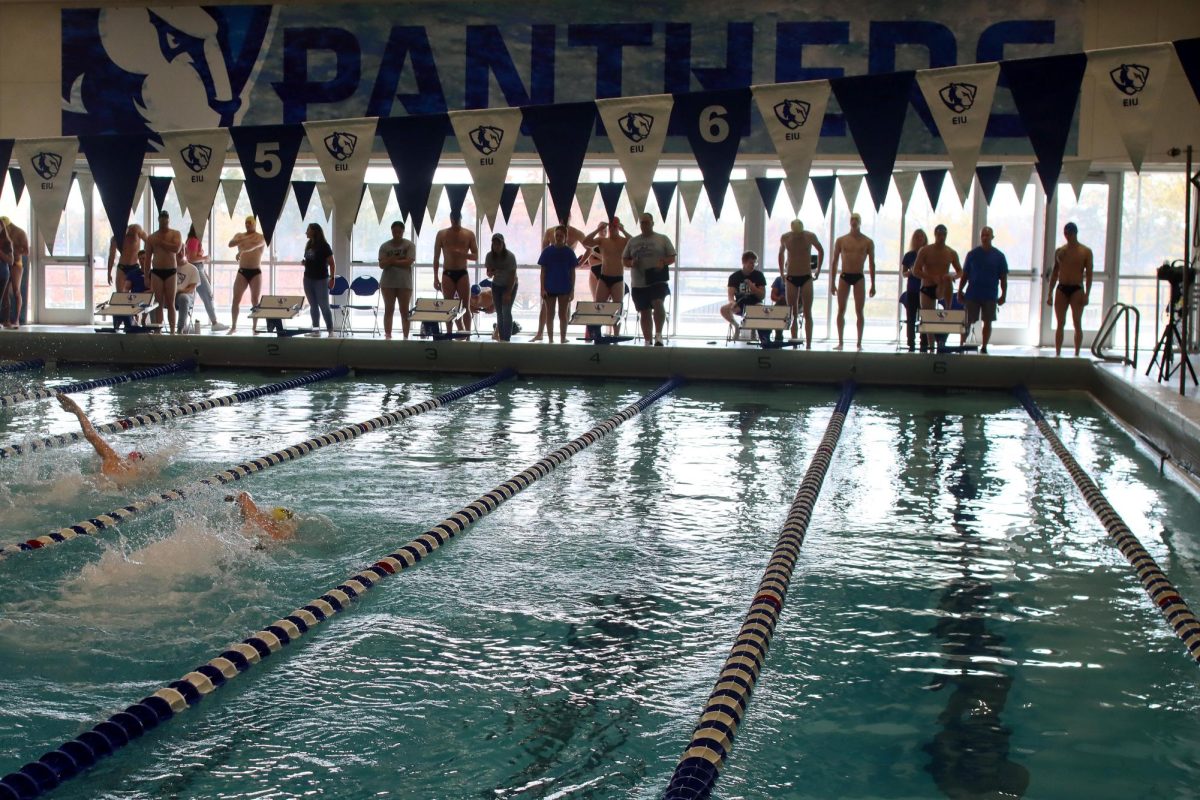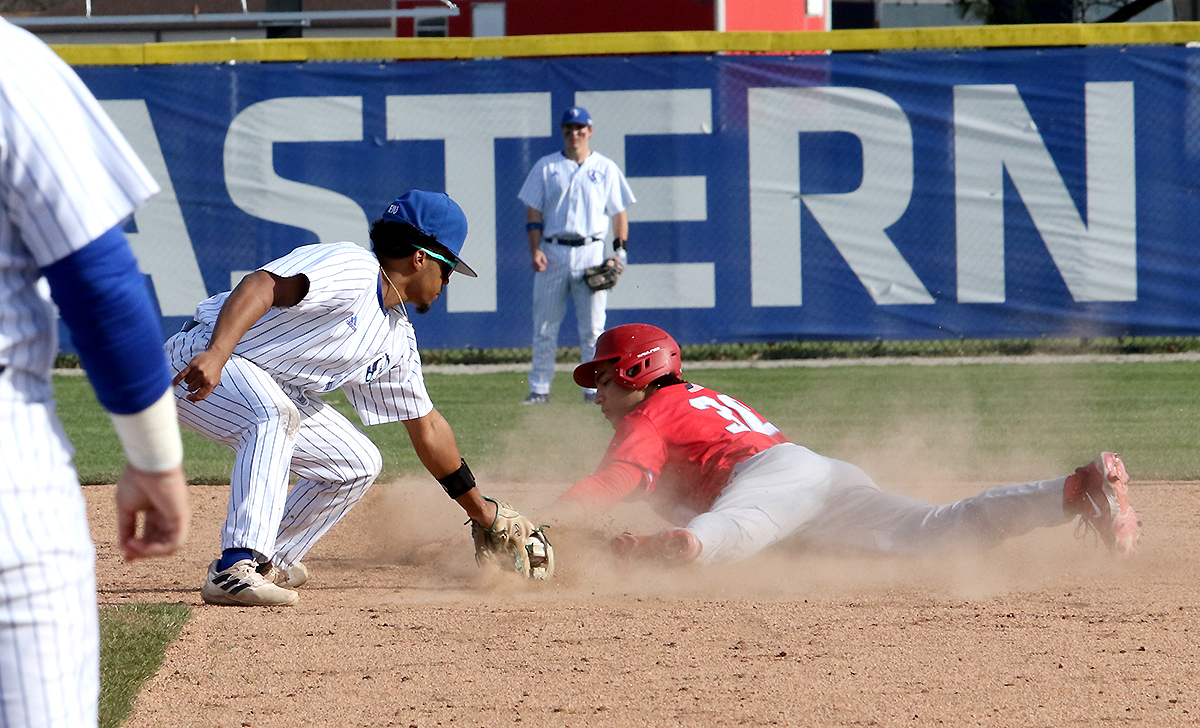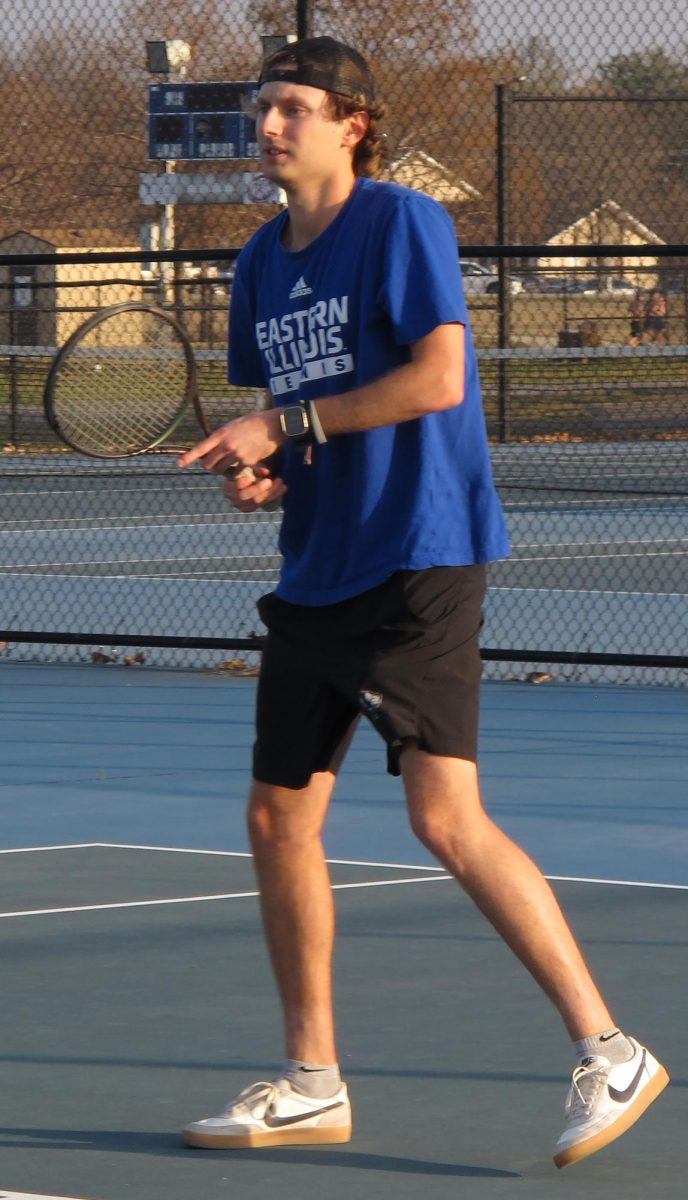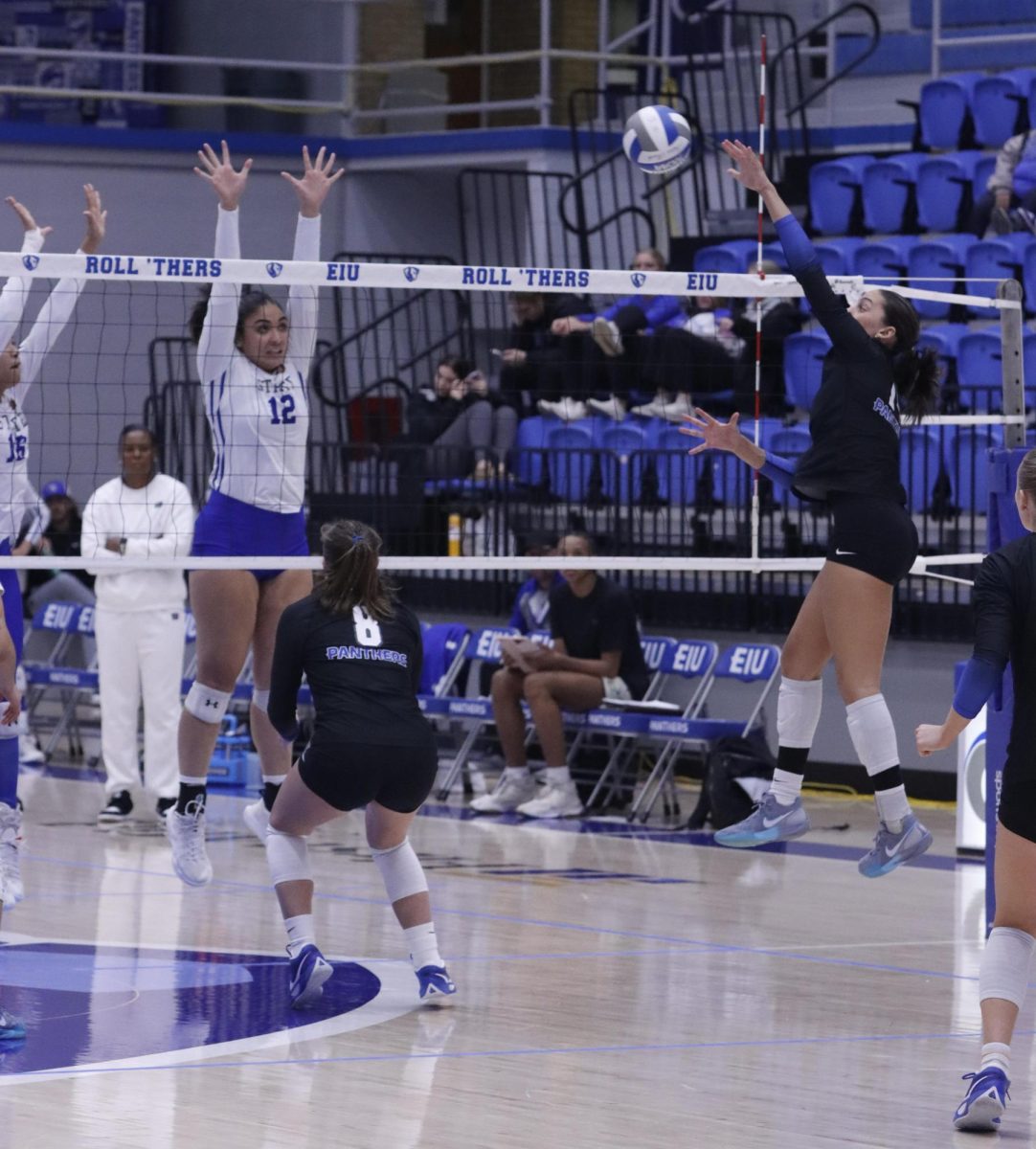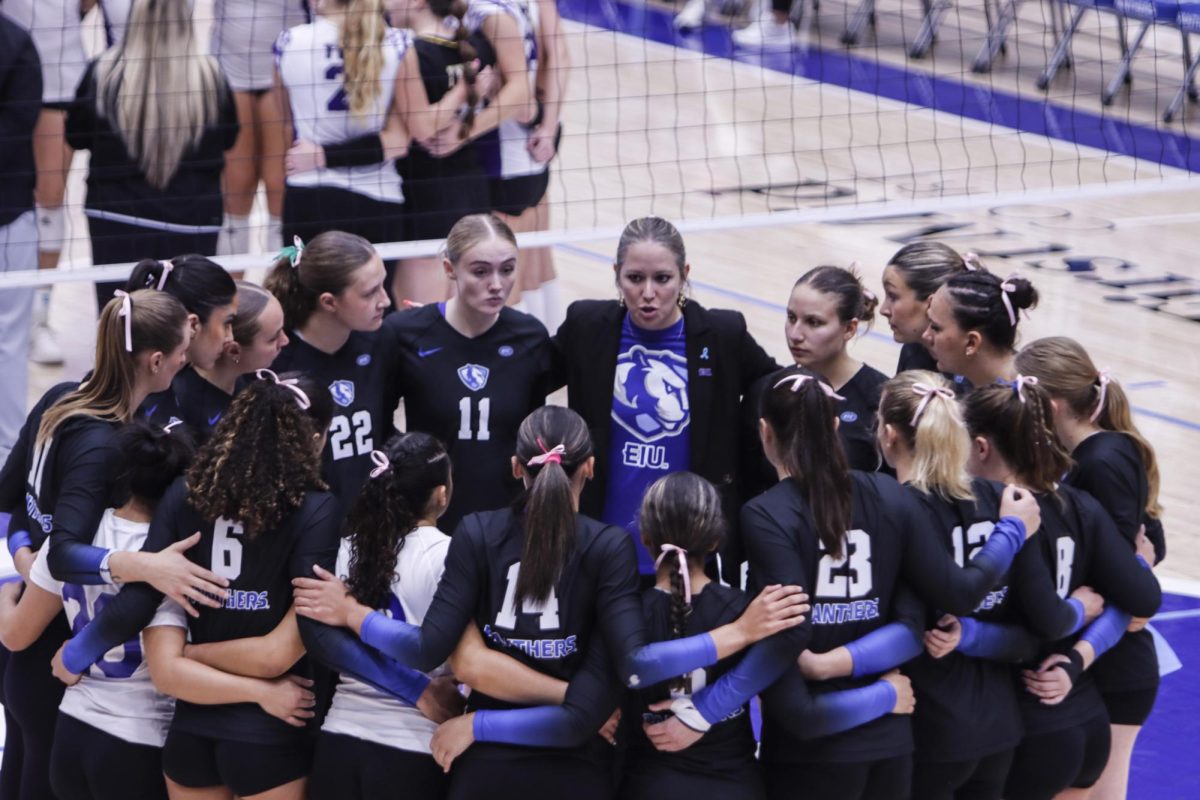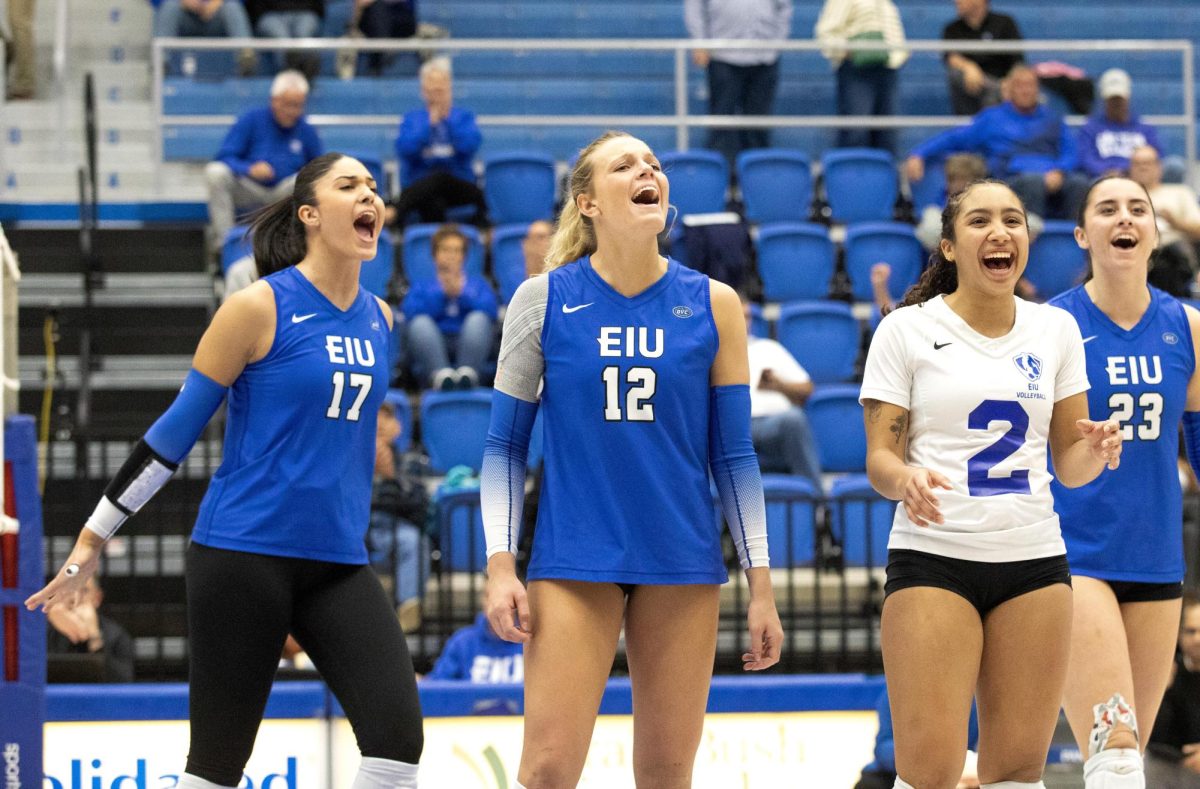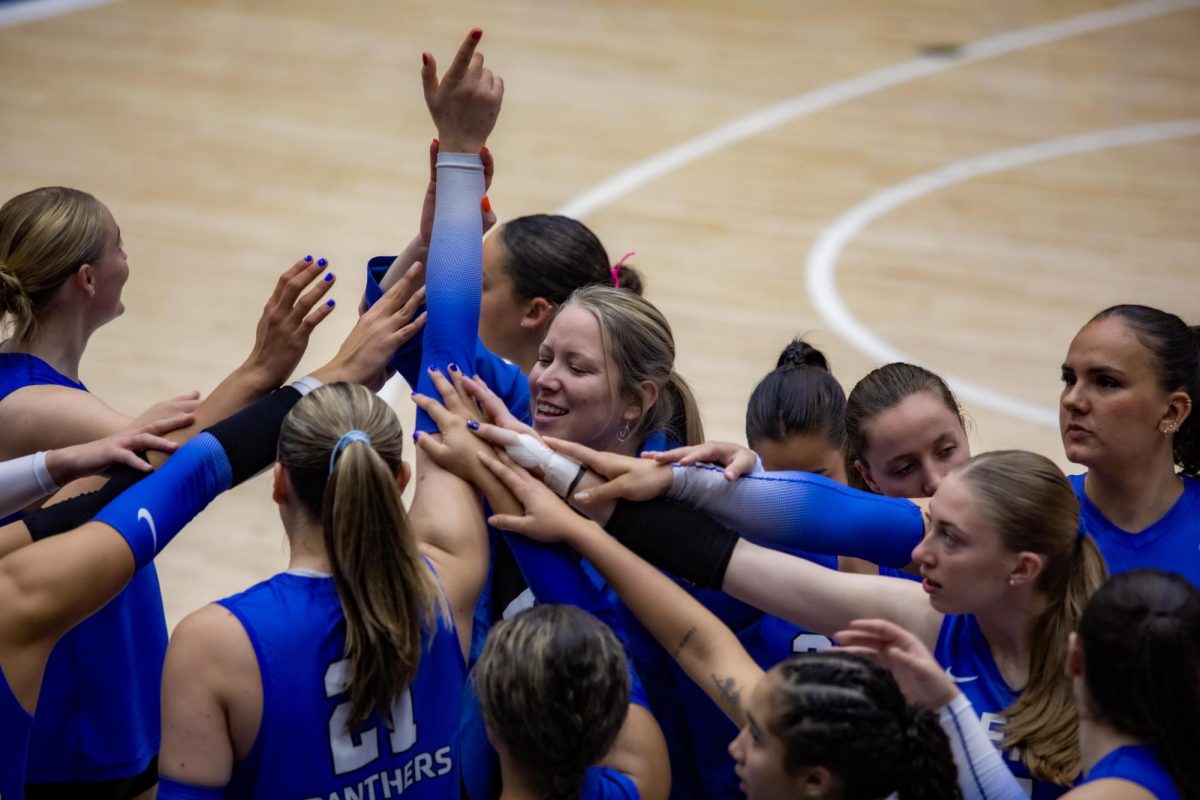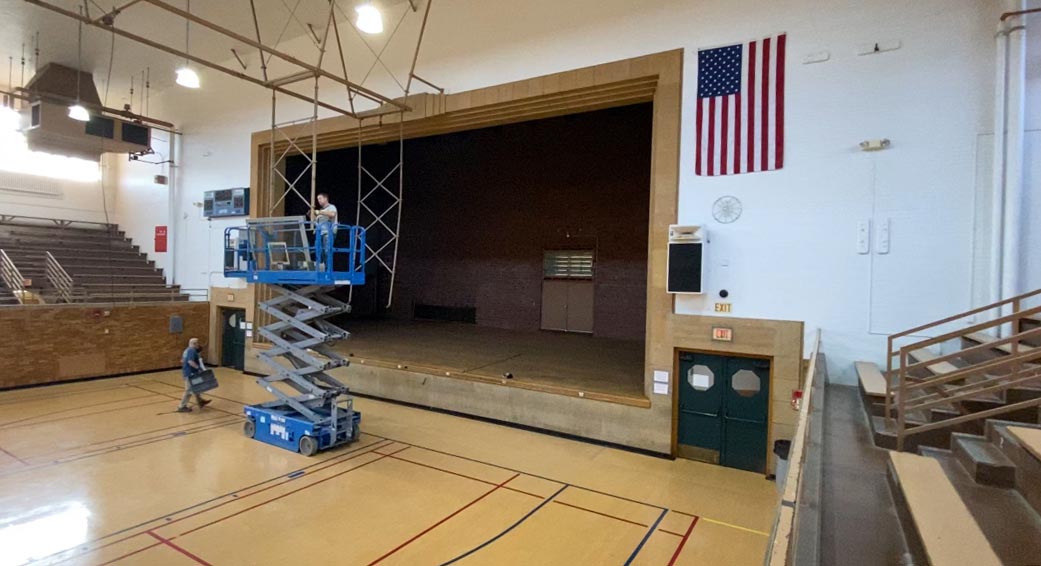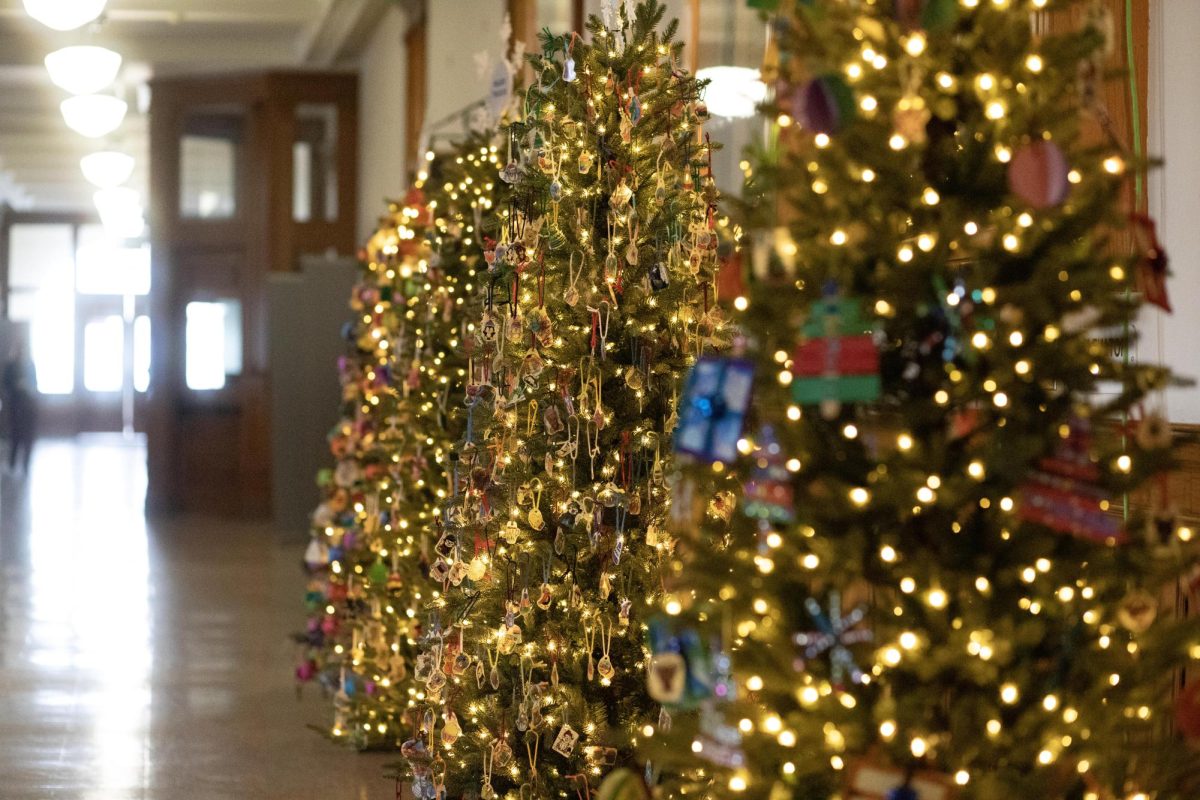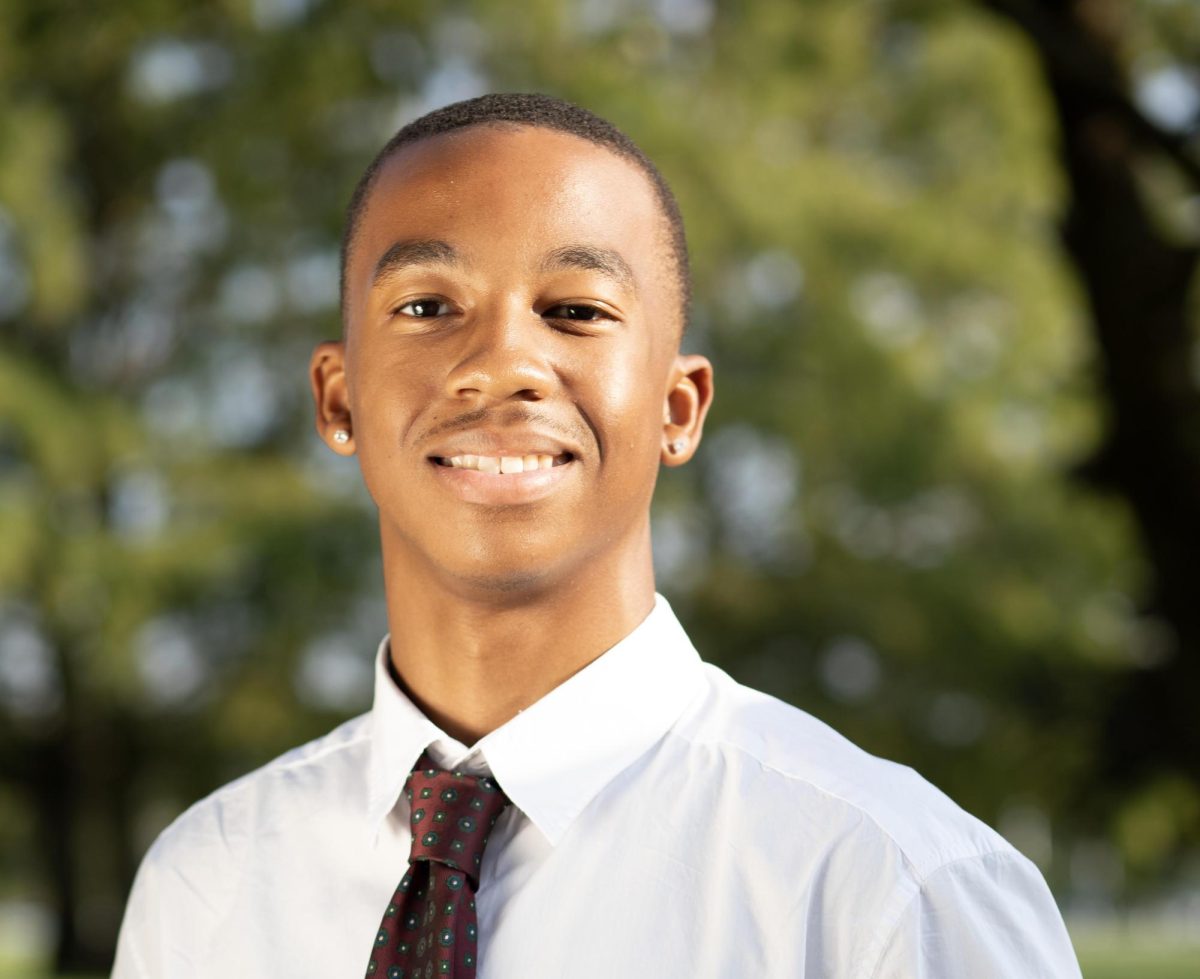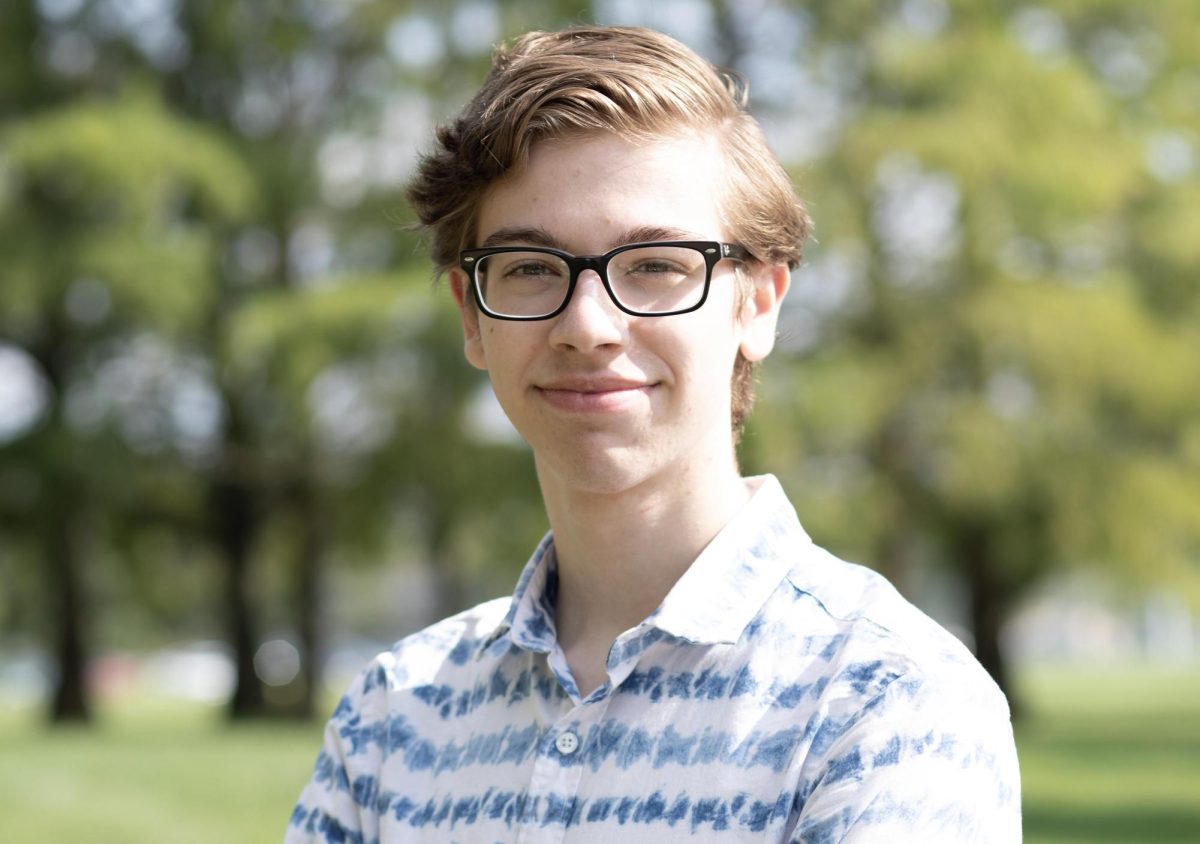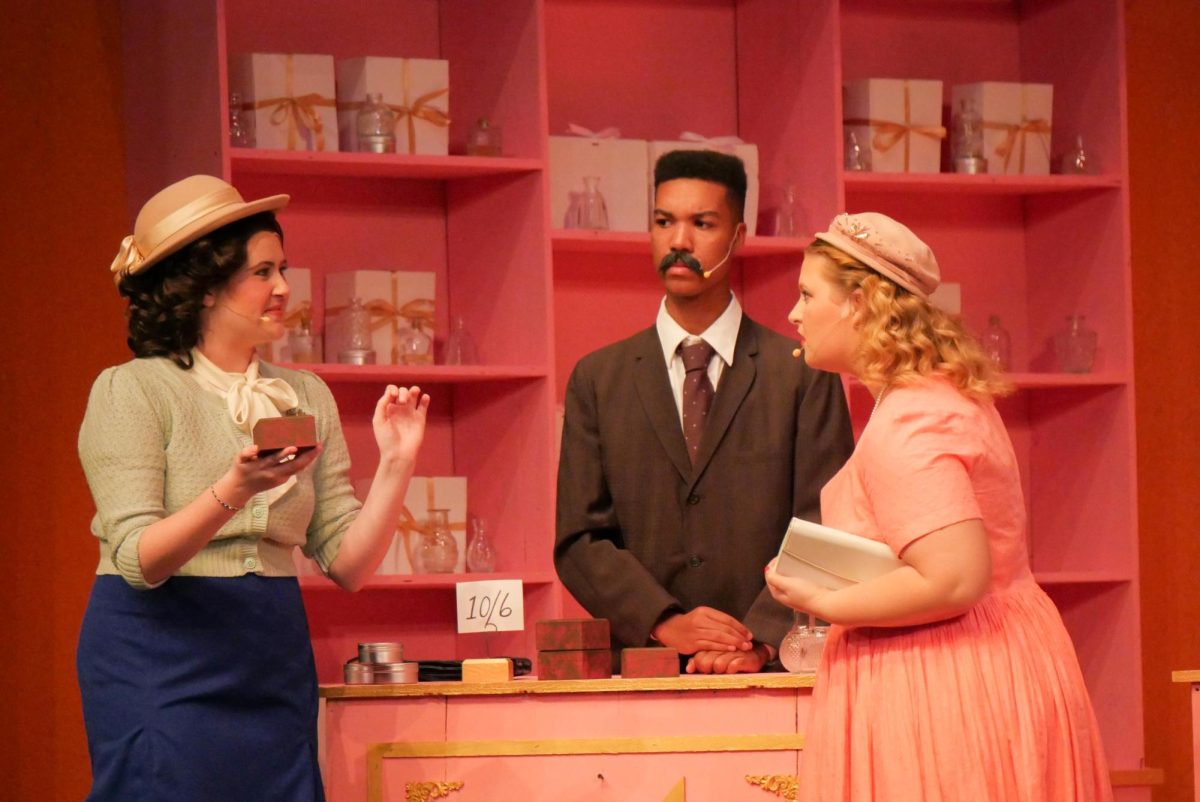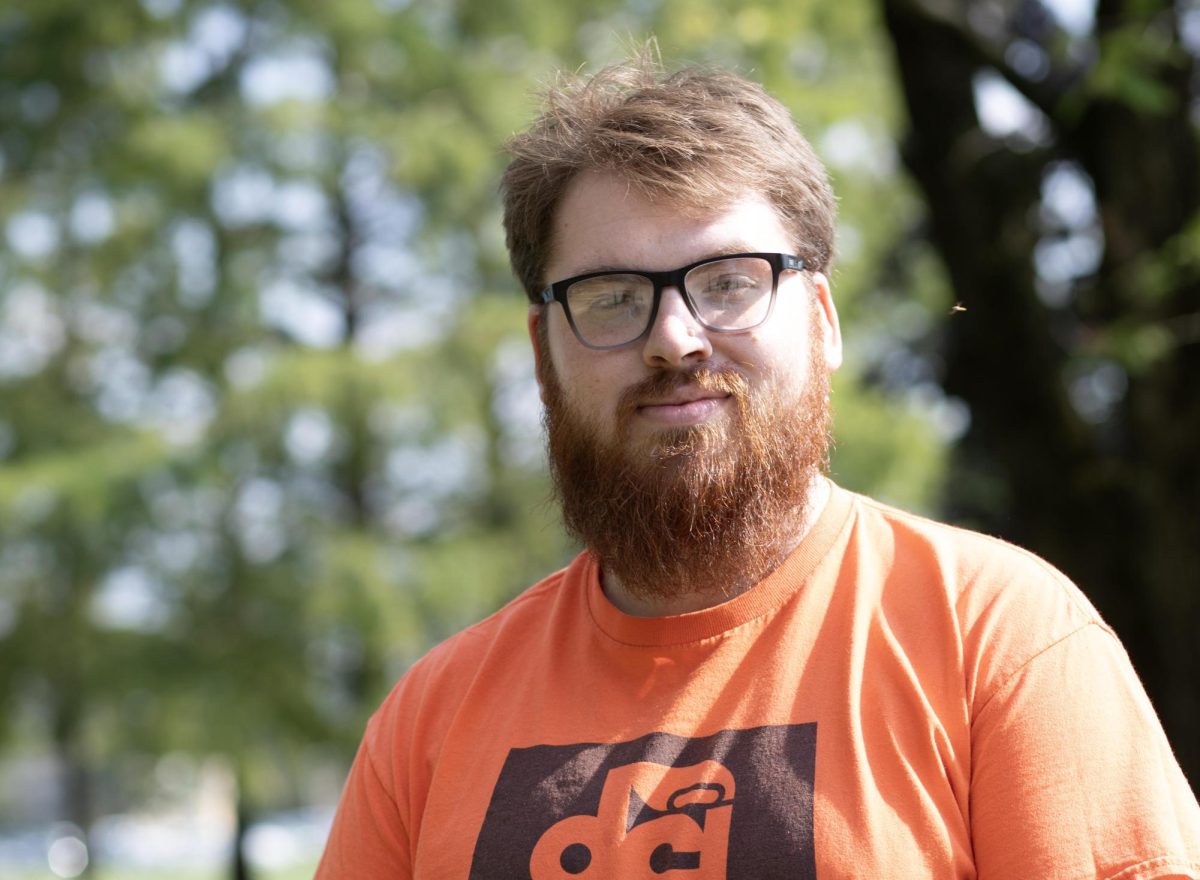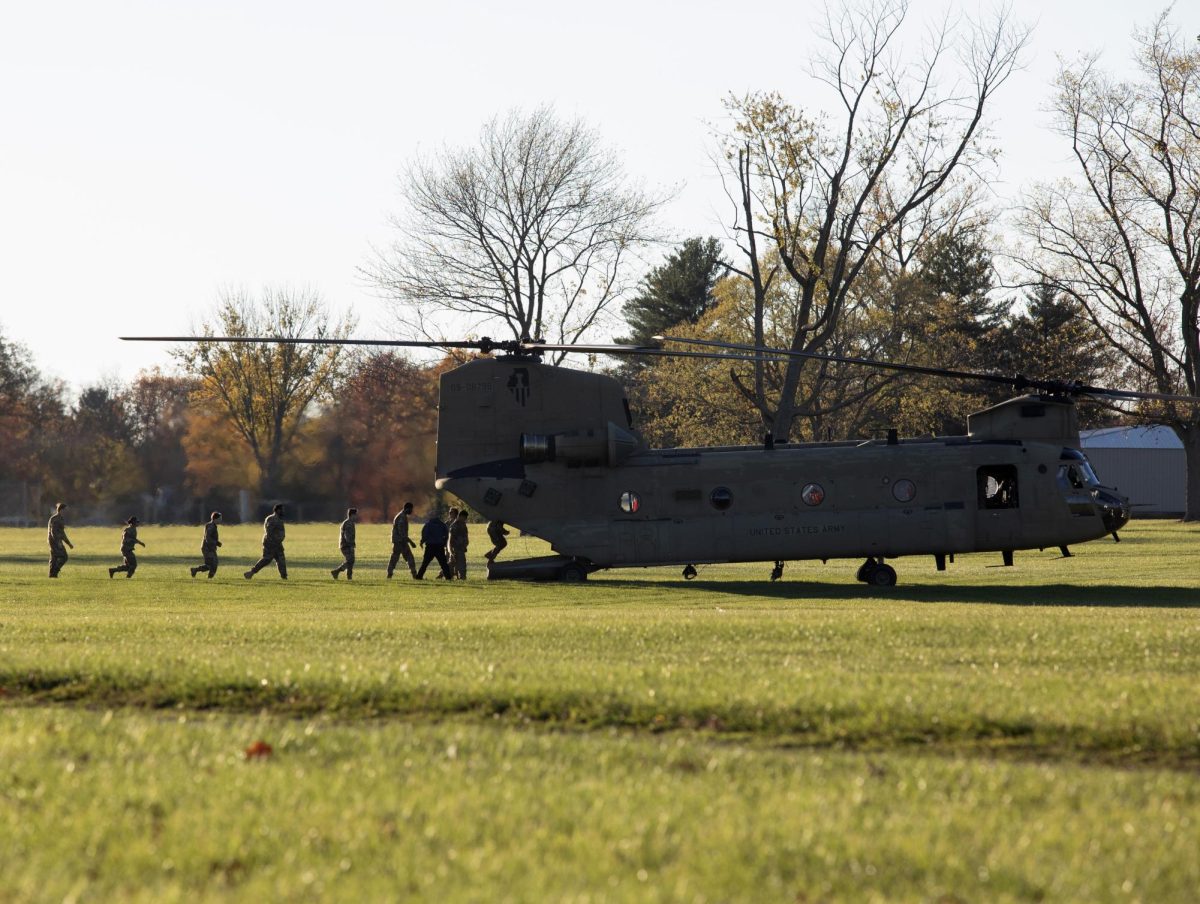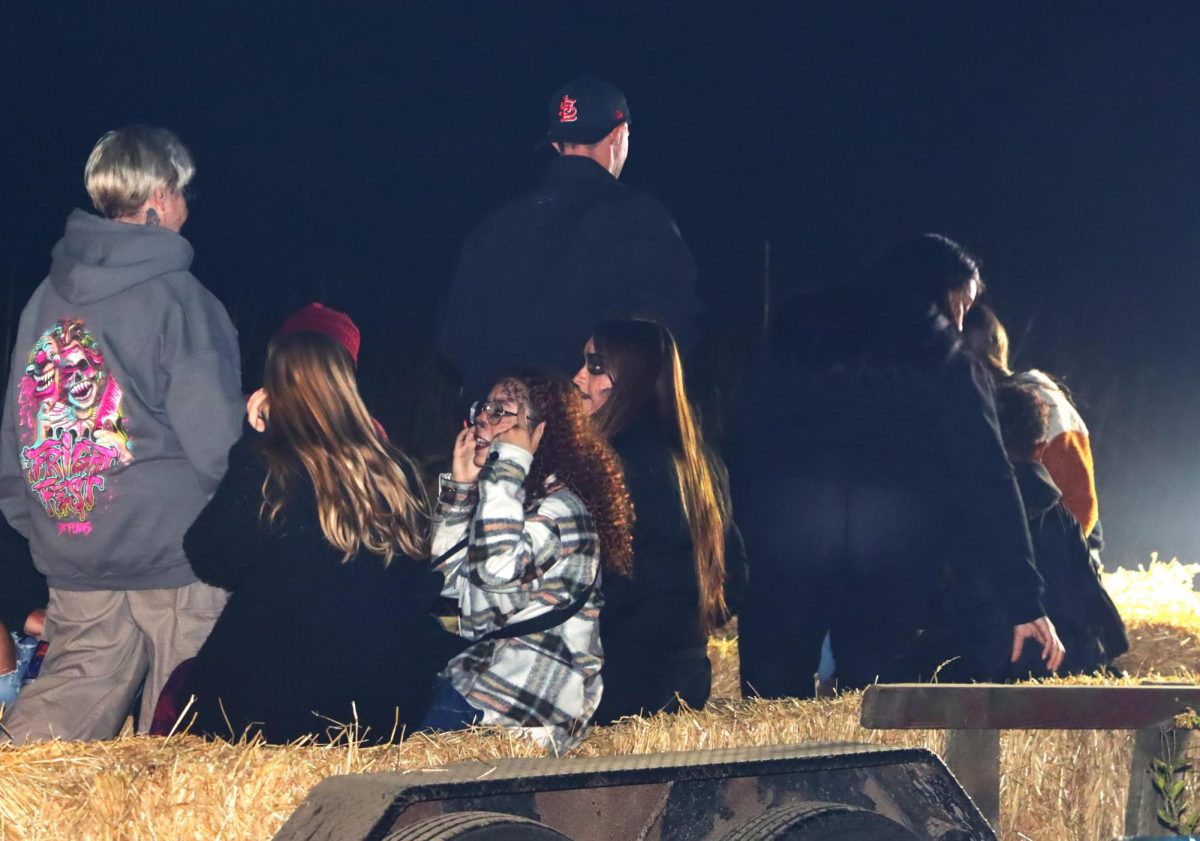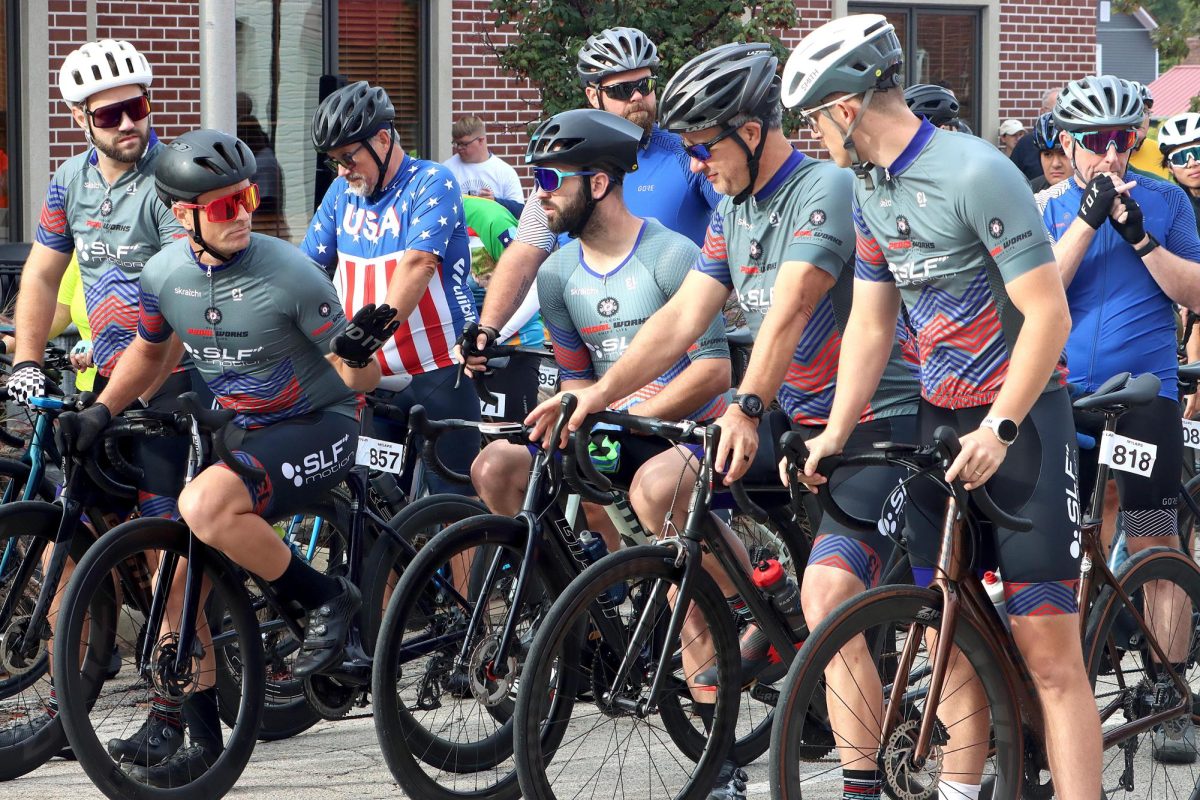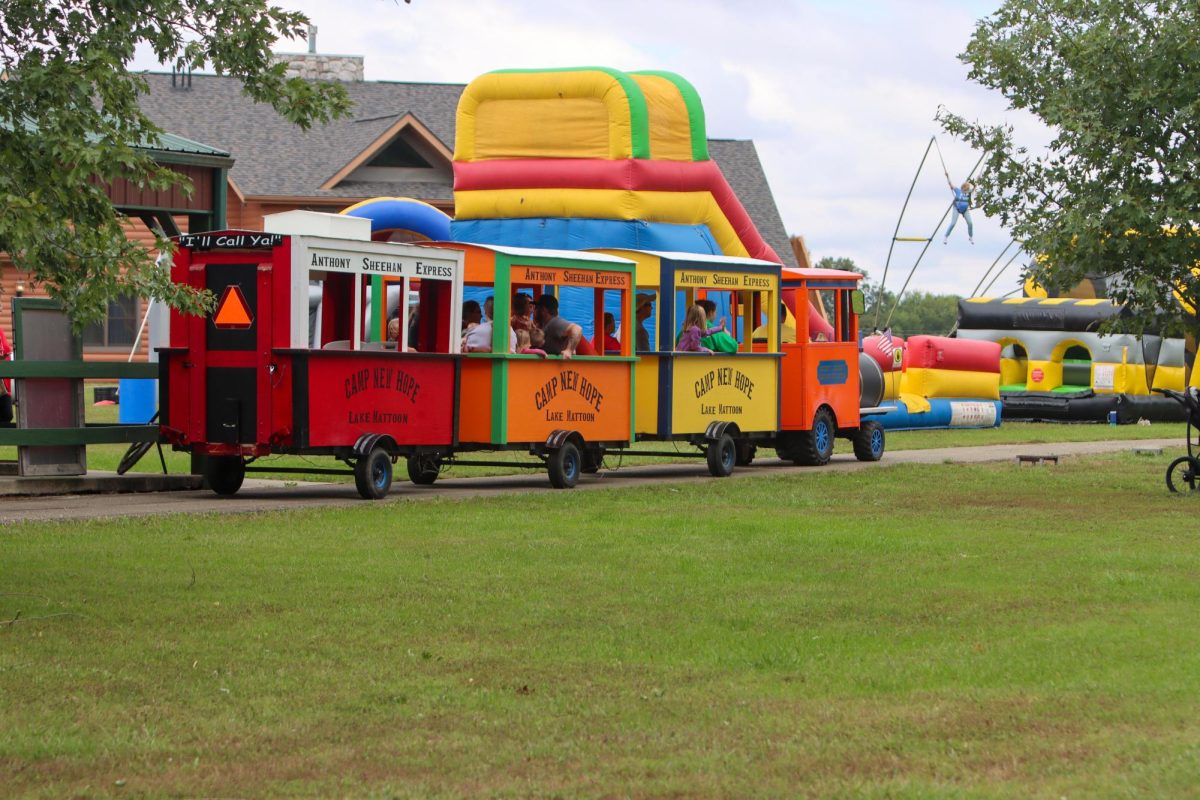Greatest generation slips away
Millions of Americans fought in World War II. In 2004, they finally received their recognition in the nation’s capital.
While attending the National College Media Convention in D.C. last weekend, I visited the National World War II Memorial.
It wasn’t the usual daytime sunny weather tourists want.
It was after 10 p.m., and it was chilly and rainy.
The first thing I saw was the fountain in the middle illuminated by white lights, but what struck me was how each state, territory and the District of Columbia is equally recognized on a pillar around the memorial.
Both the Atlantic and Pacific theaters were also recognized with separate pavilions at the north and south ends of the memorial. Each had four columns supporting four eagles holding a victory laurel. On the floor of the pavilions is the World War II victory medal, surrounded by the phrases “Victory on land,” “Victory at Sea” and “Victory in the Air.”
The most striking display was the west side of the memorial where a wall is covered with over 4,000 stars, where each star commemorates 100 people lost during the war.
The moment I entered the plaza, I immediately thought of my grandfather, who died in 1999 and how he was unable to see it.
He served in the Pacific theater with the Navy.
The memorial opened to the public in April 2004 and was dedicated on May 29. This was too late for a majority of what NBC news anchor Tom Brokaw called the “Greatest Generation.”
This generation is currently dying at a rate of 1,000 per day.
The memorial for the 16 million who served and more than 400,000 who died came too late.
Millions of those who fought for their country never saw what they deserved.
The memorial was built after the Vietnam Veterans Memorial (1982) and the Korean War Veterans Memorial (1995).
Both memorials were needed and they were built, as they should have been.
In 1987, U.S. Rep. Marcy Kaptur, D-Ohio, introduced a bill in the House to establish the memorial. However, the bill was not voted on until Sen. Strom Thurmond, R-S.C., introduced a similar proposal in the Senate in 1994.
The flag given to my grandmother at my grandfather’s funeral proudly sits in her living room.
When he was in my life, I never heard him complain about his service.
When I wrote for a newspaper in junior college, I attended a lecture of a World War II Army veteran who said he was proud to serve for his country.
He said people were willing to ration food and smoke low-quality cigarettes, as long as it was going to the troops.
The troops fought and died for their country and all they wanted to do was live a normal life.
It took nearly 60 years for the nation’s capital to memorialize them and it was too late.



